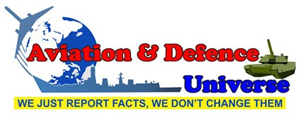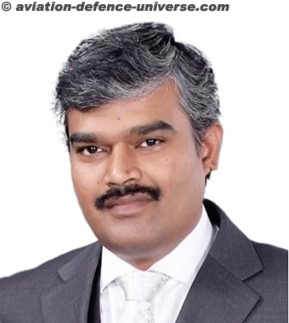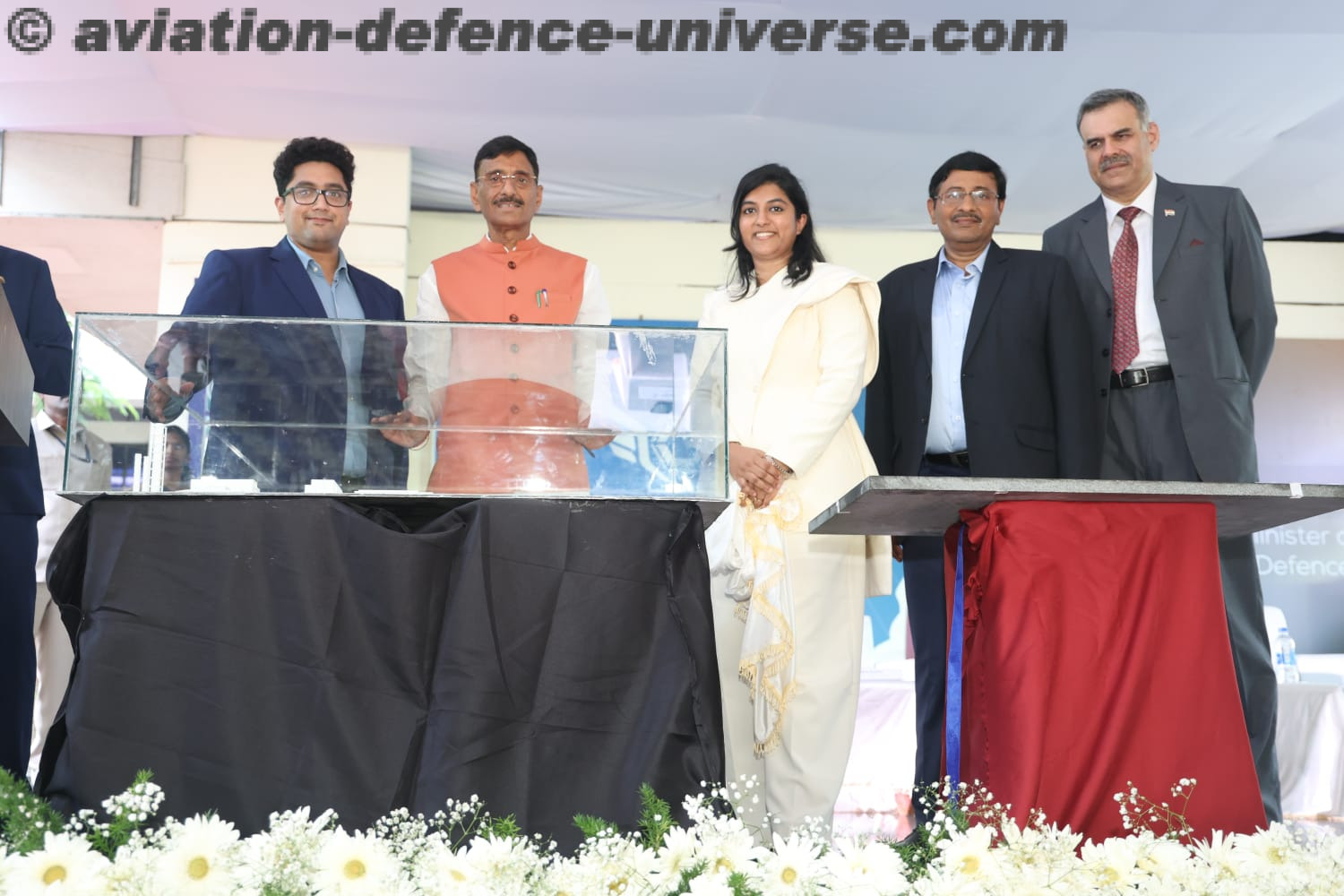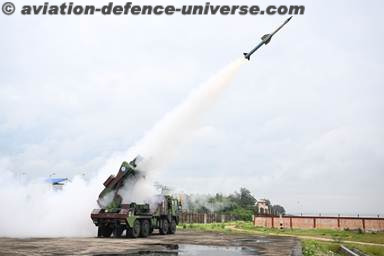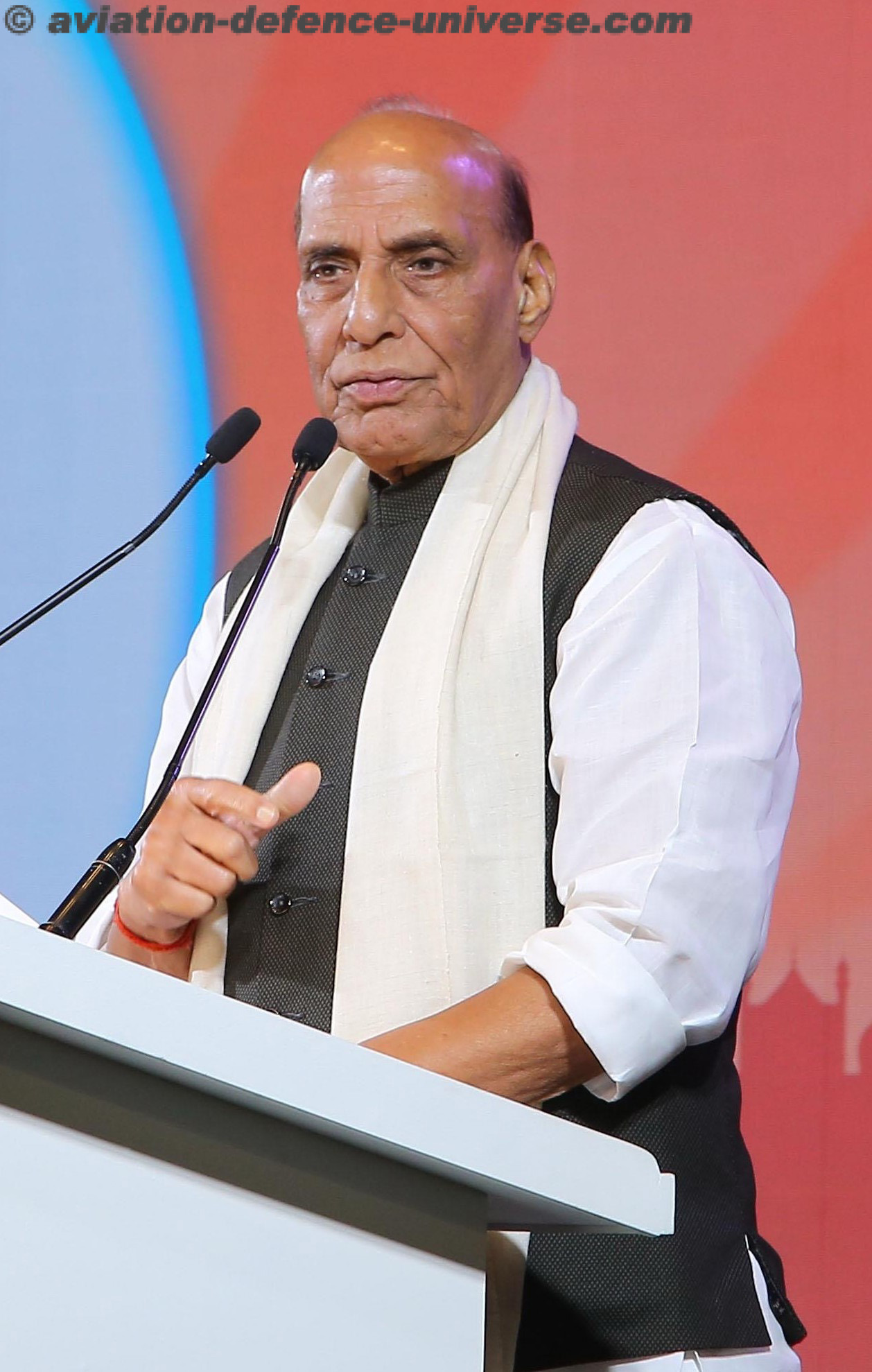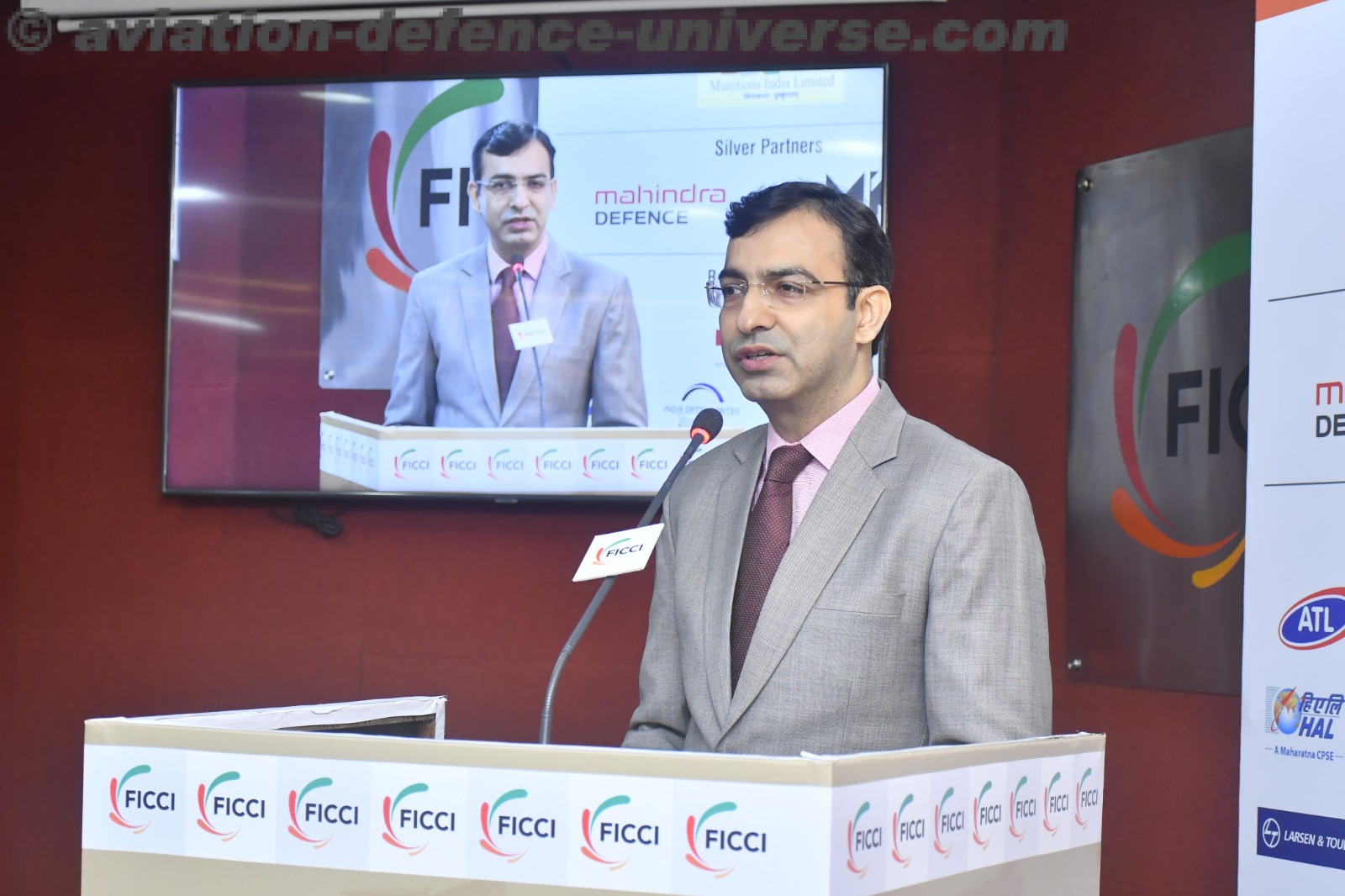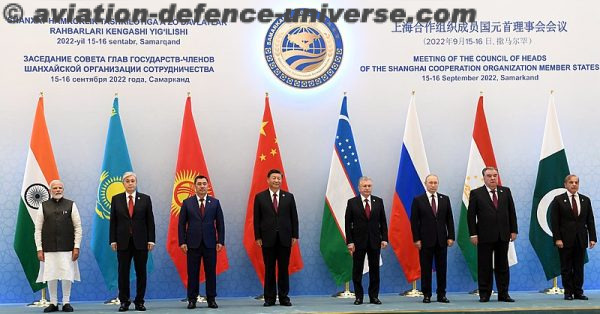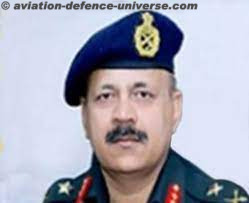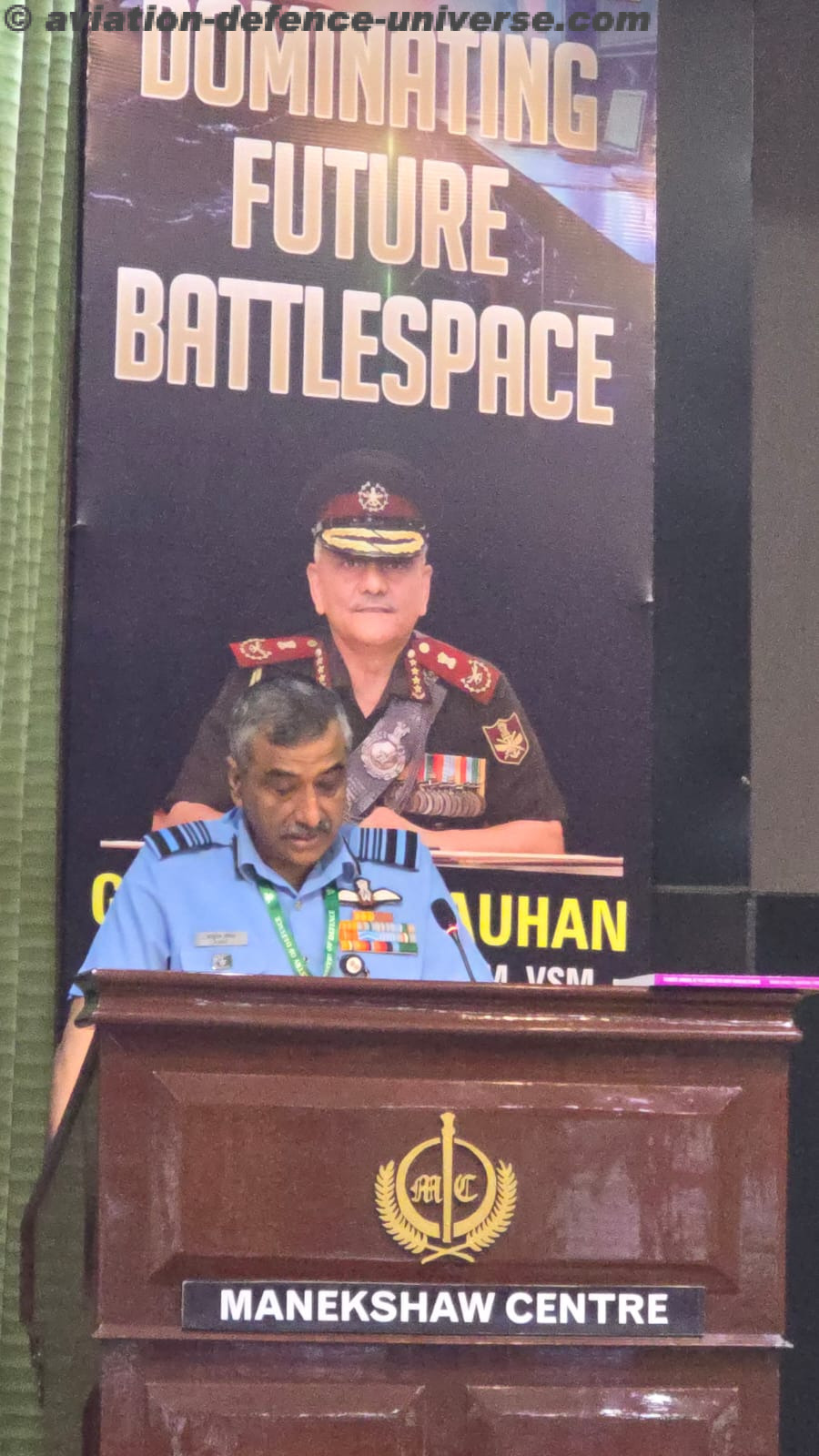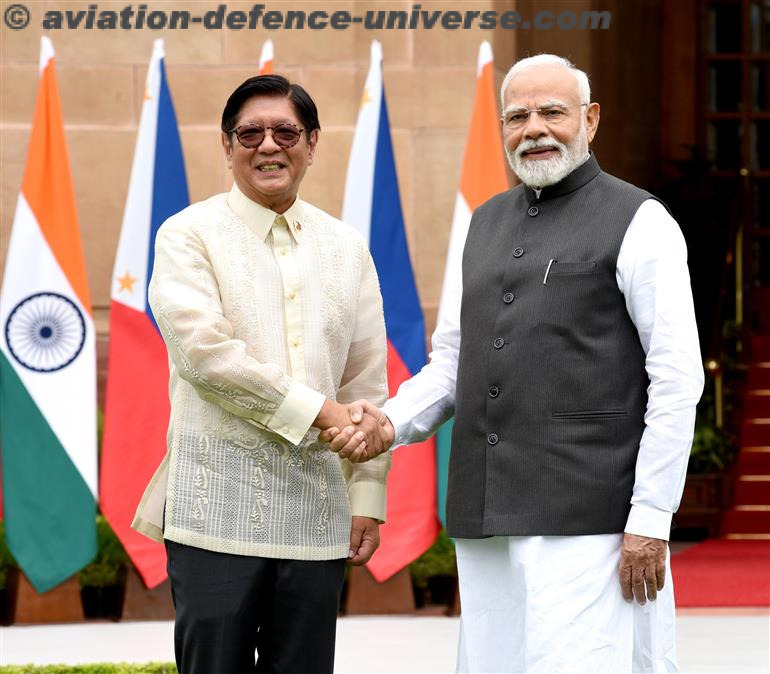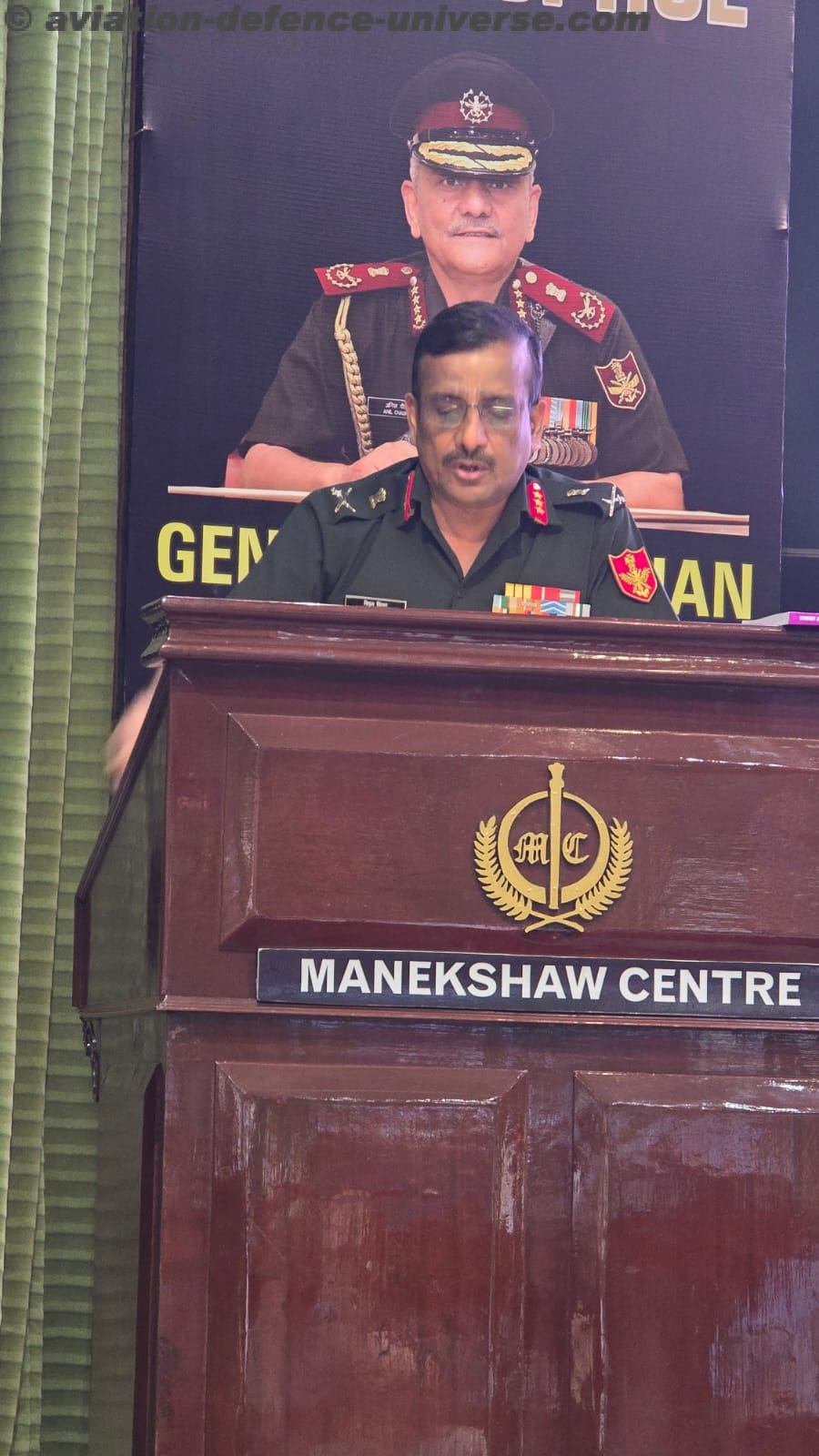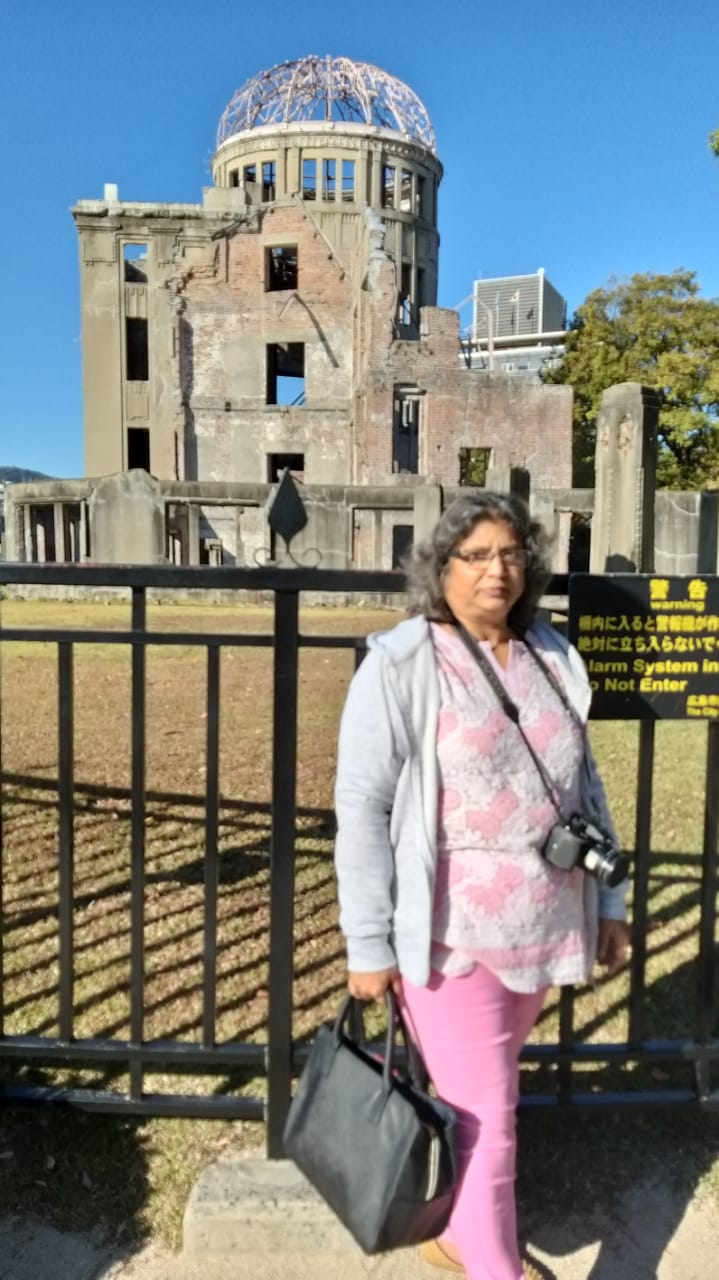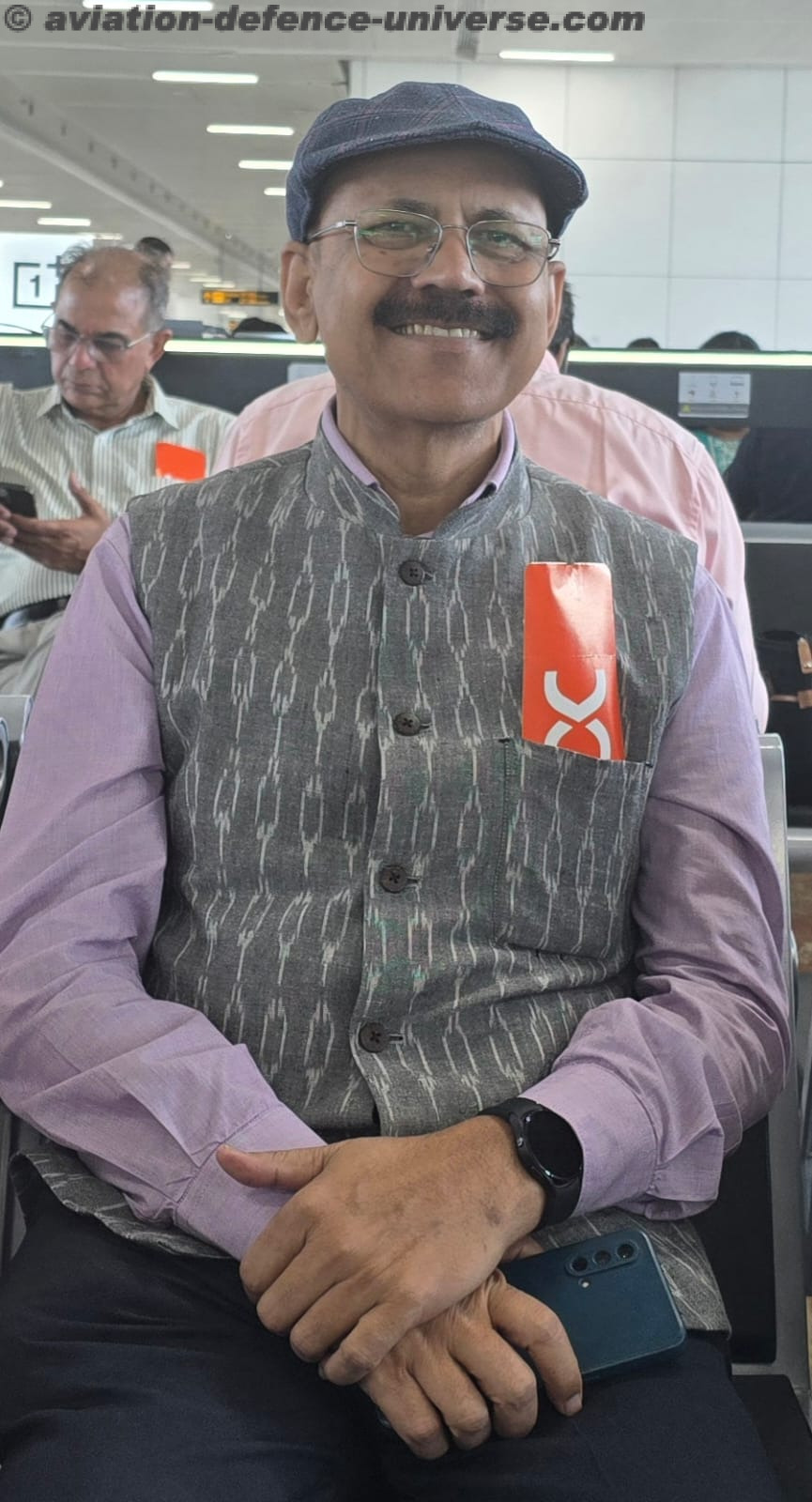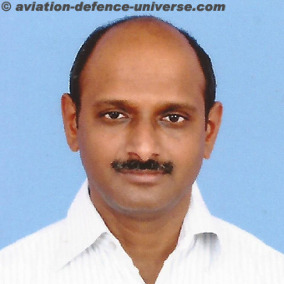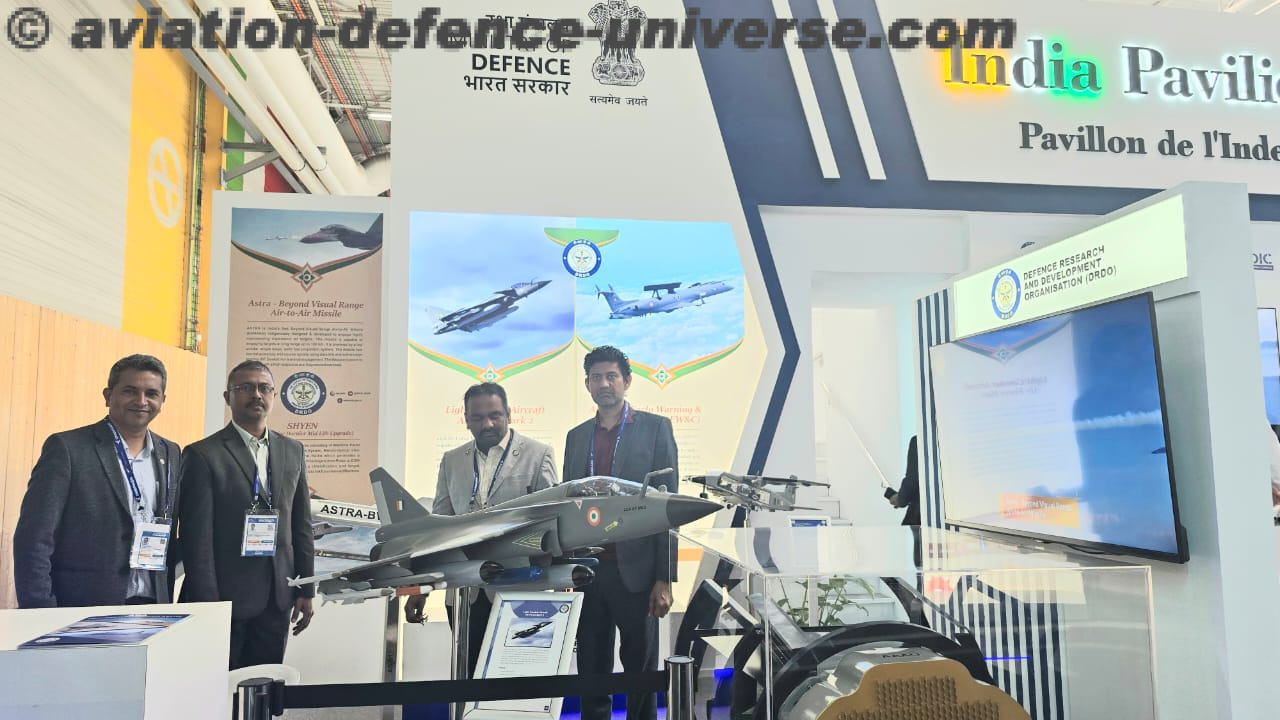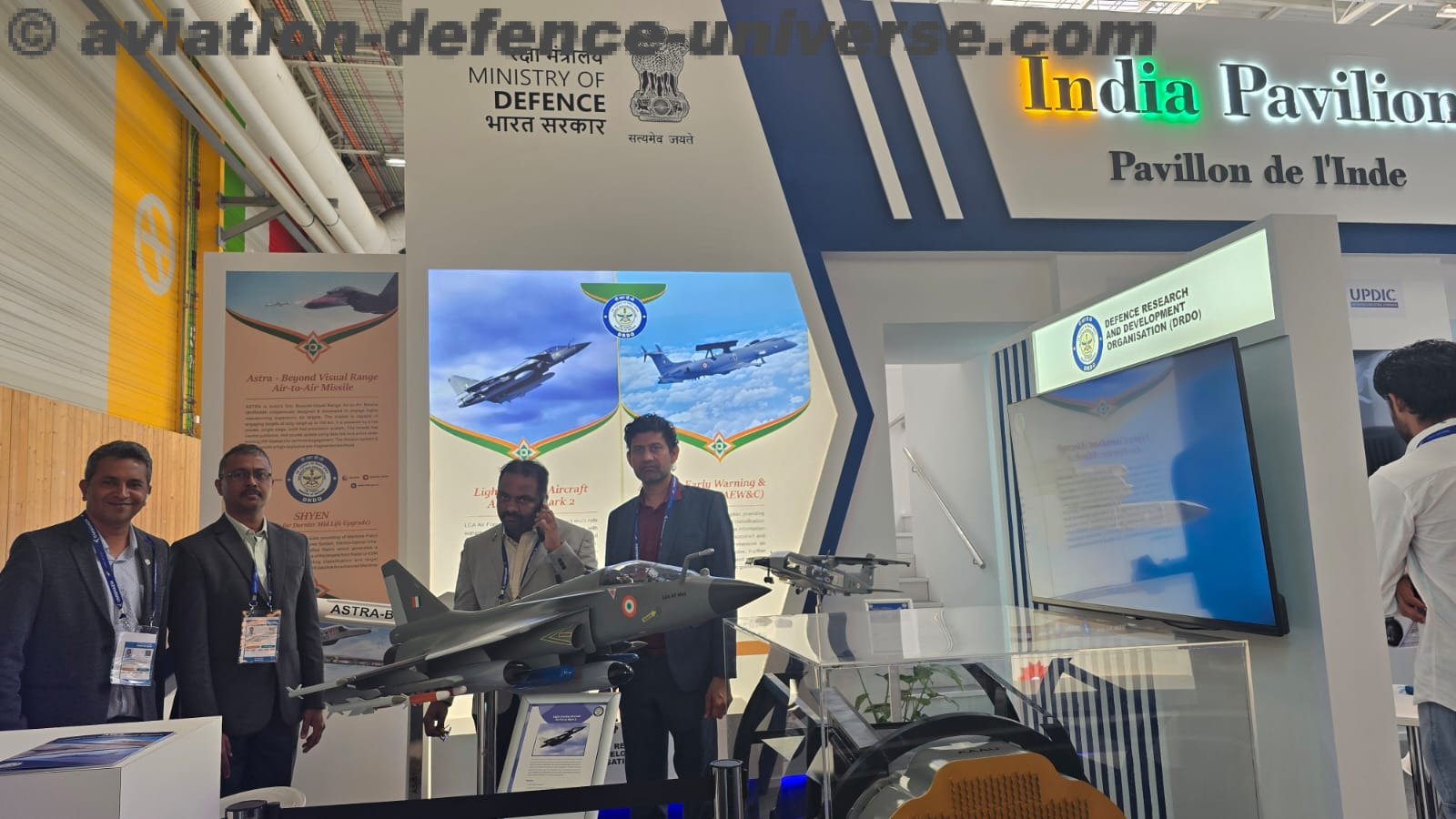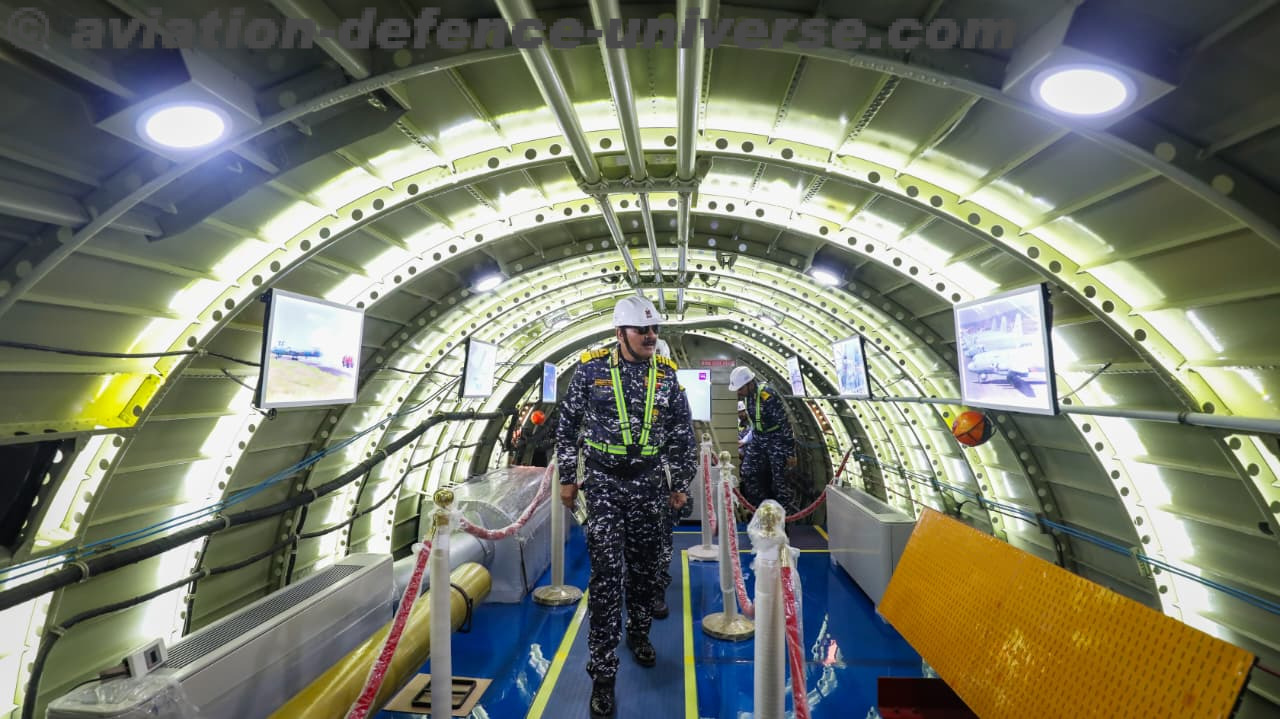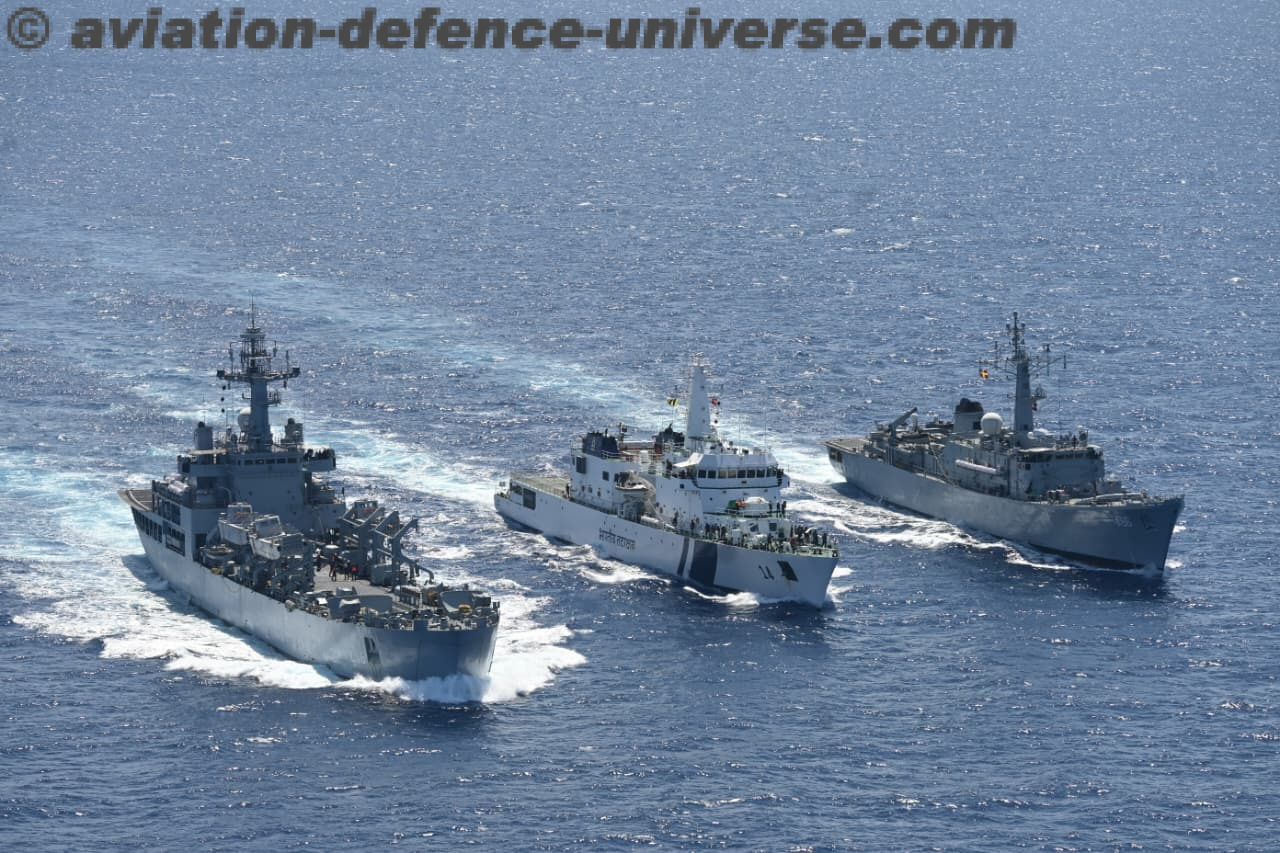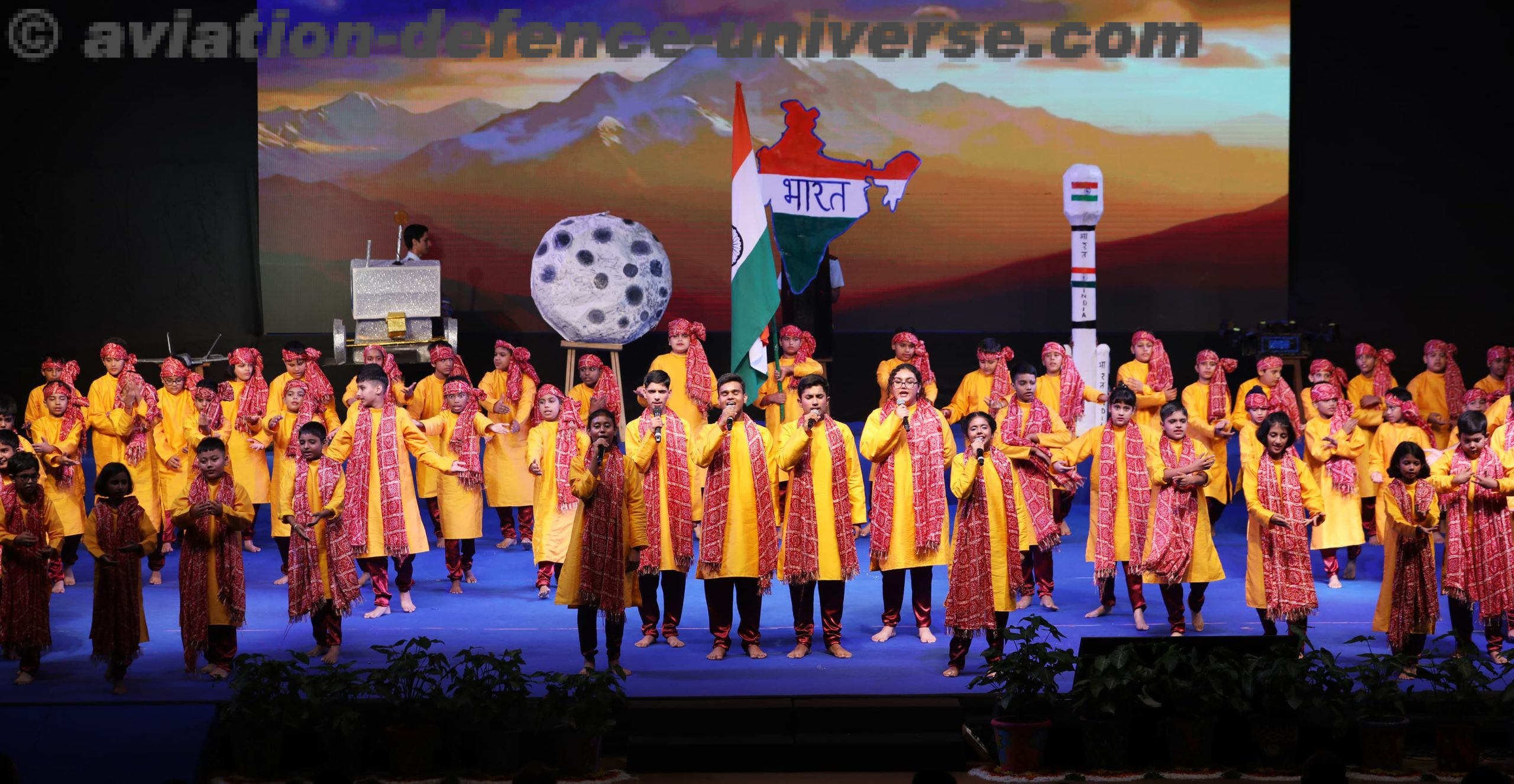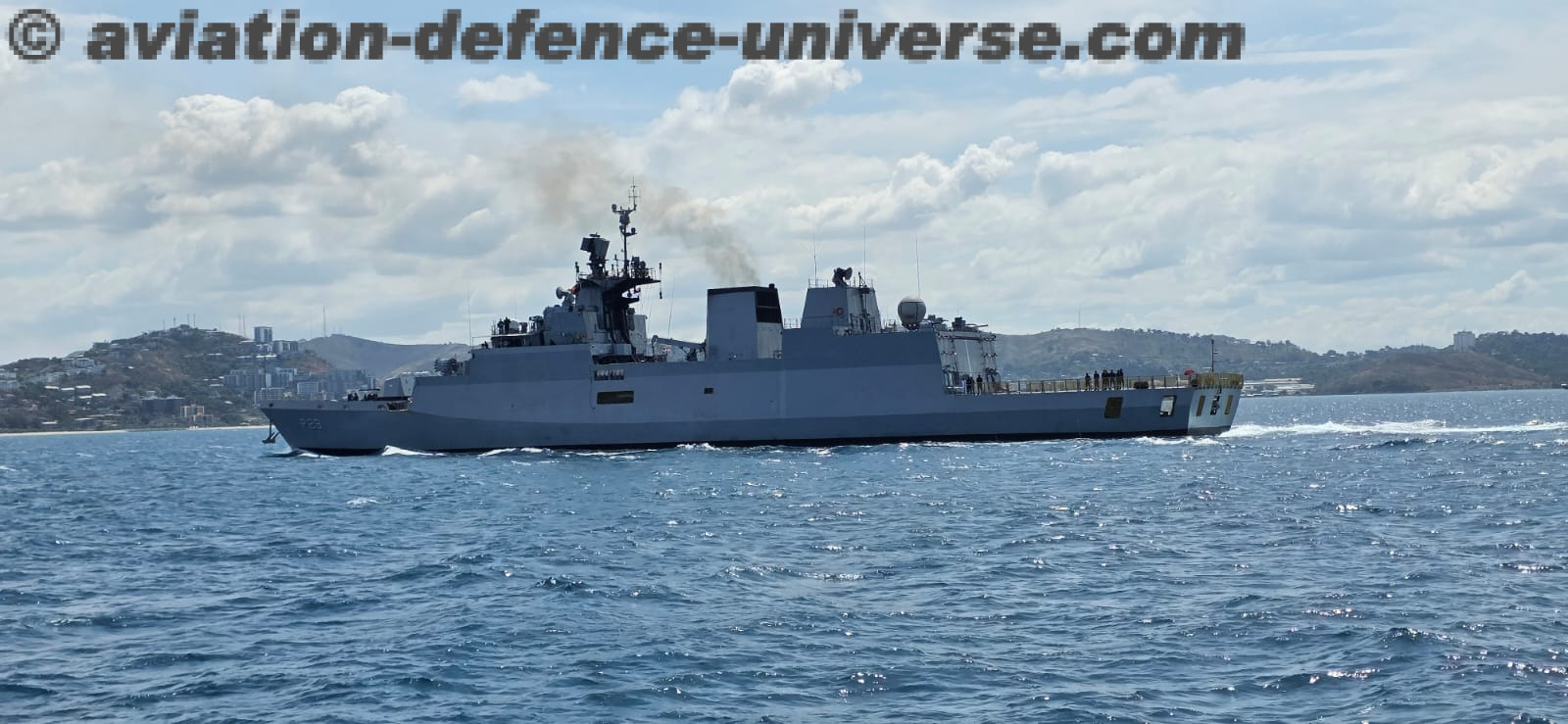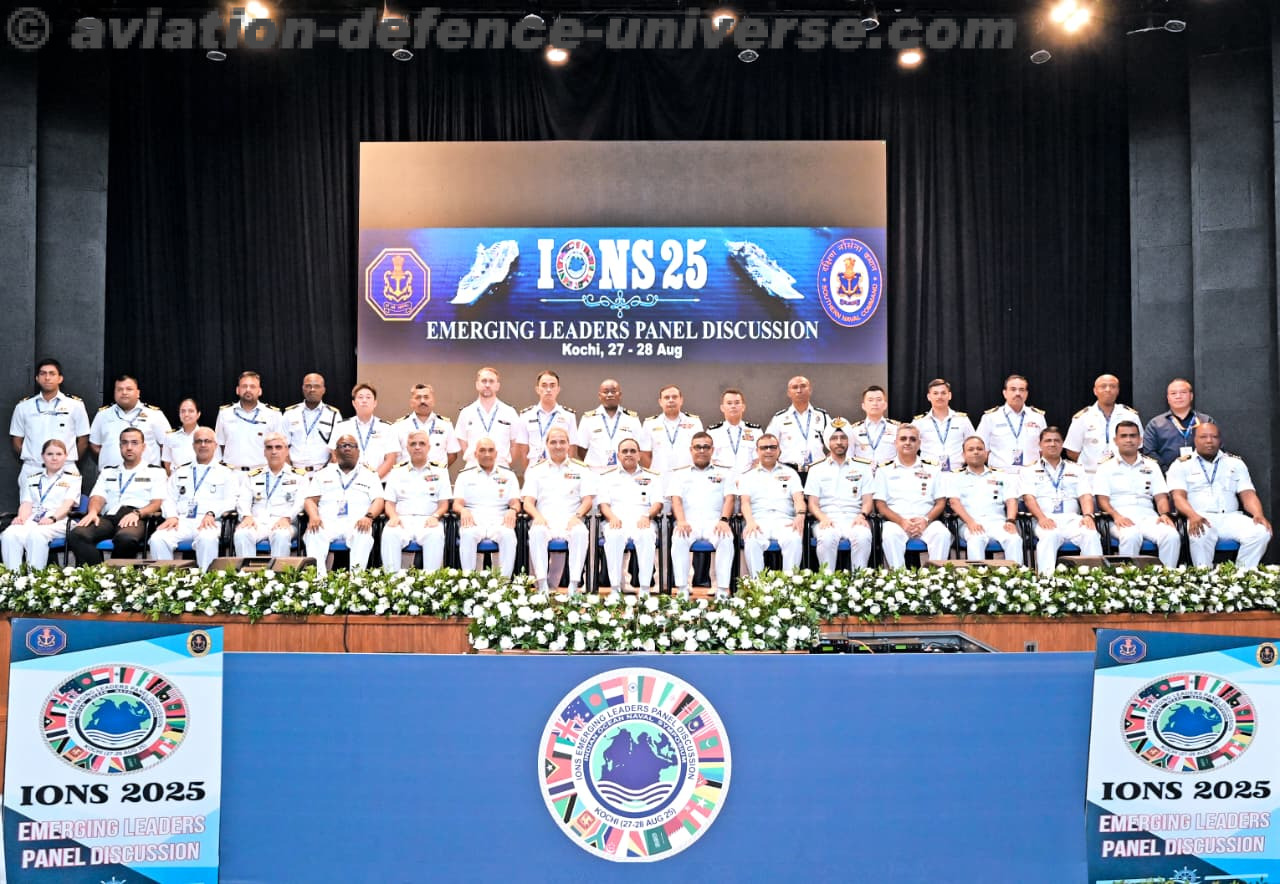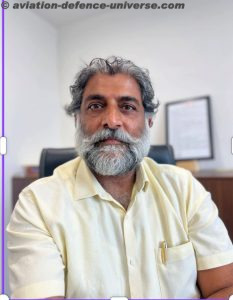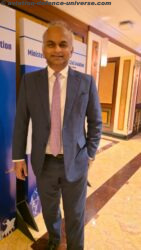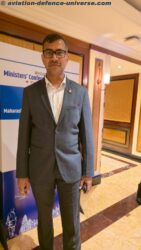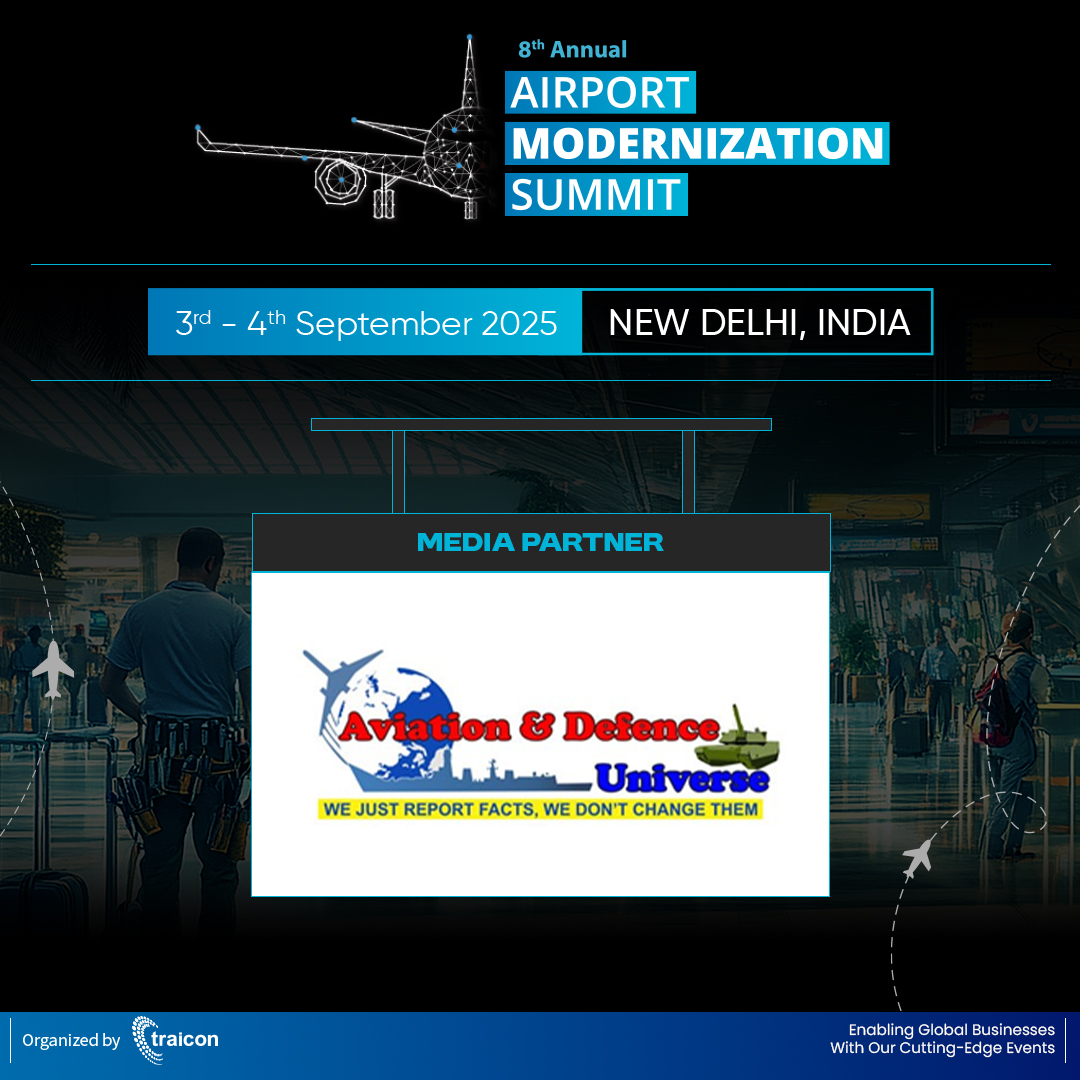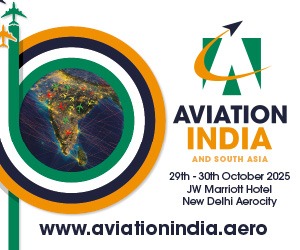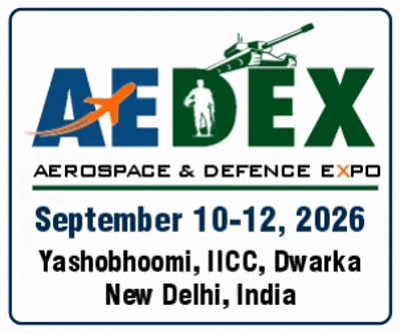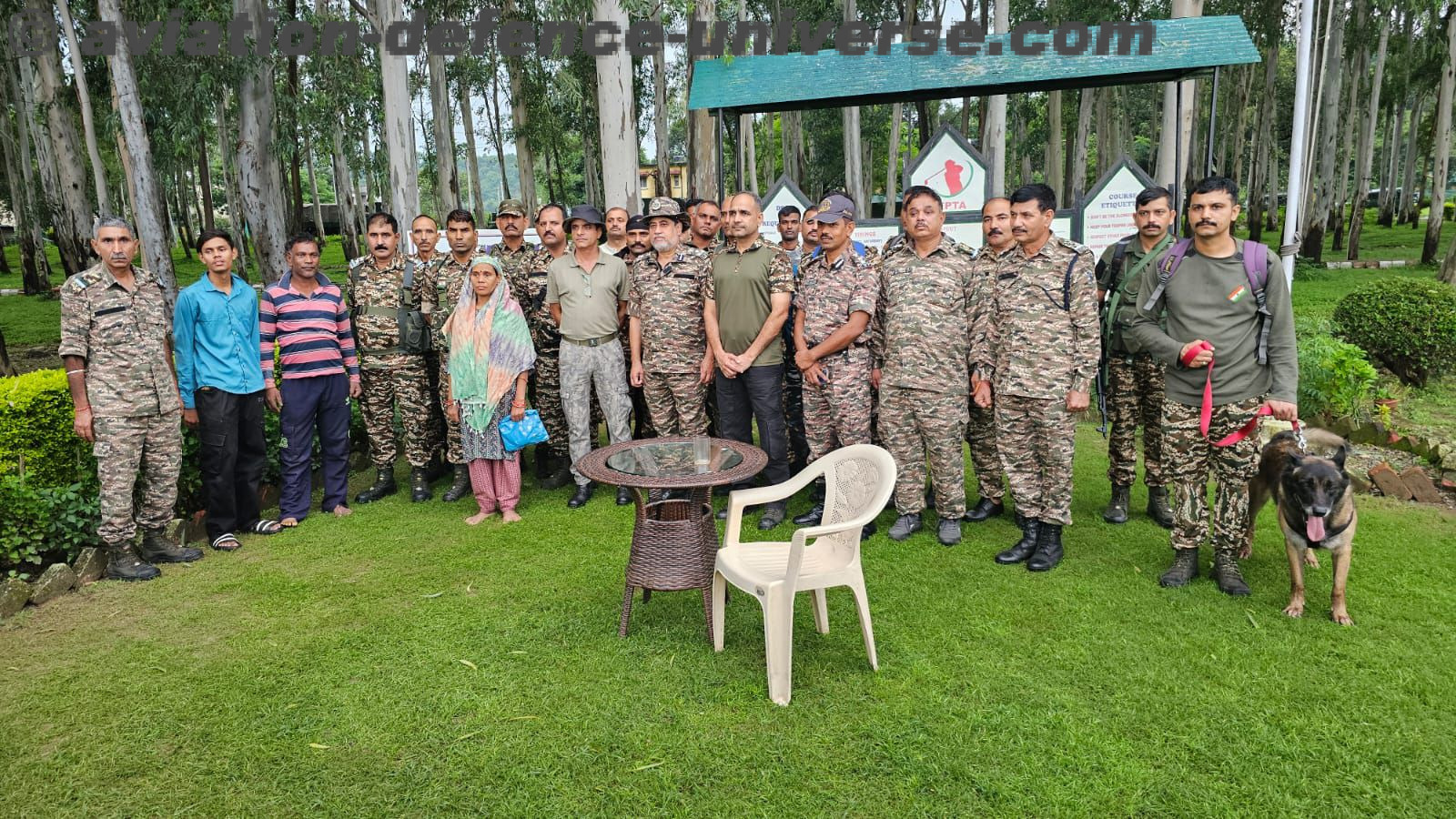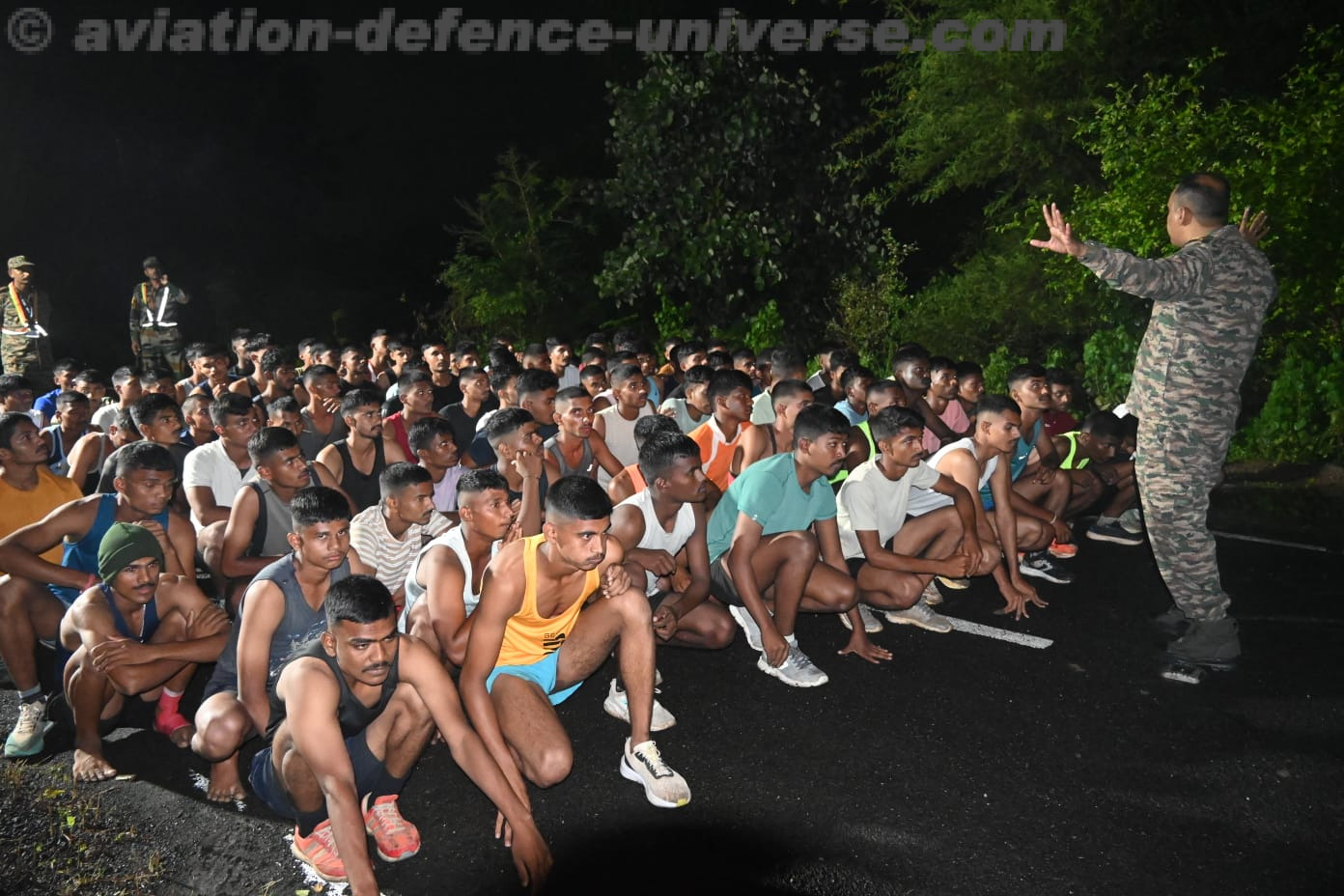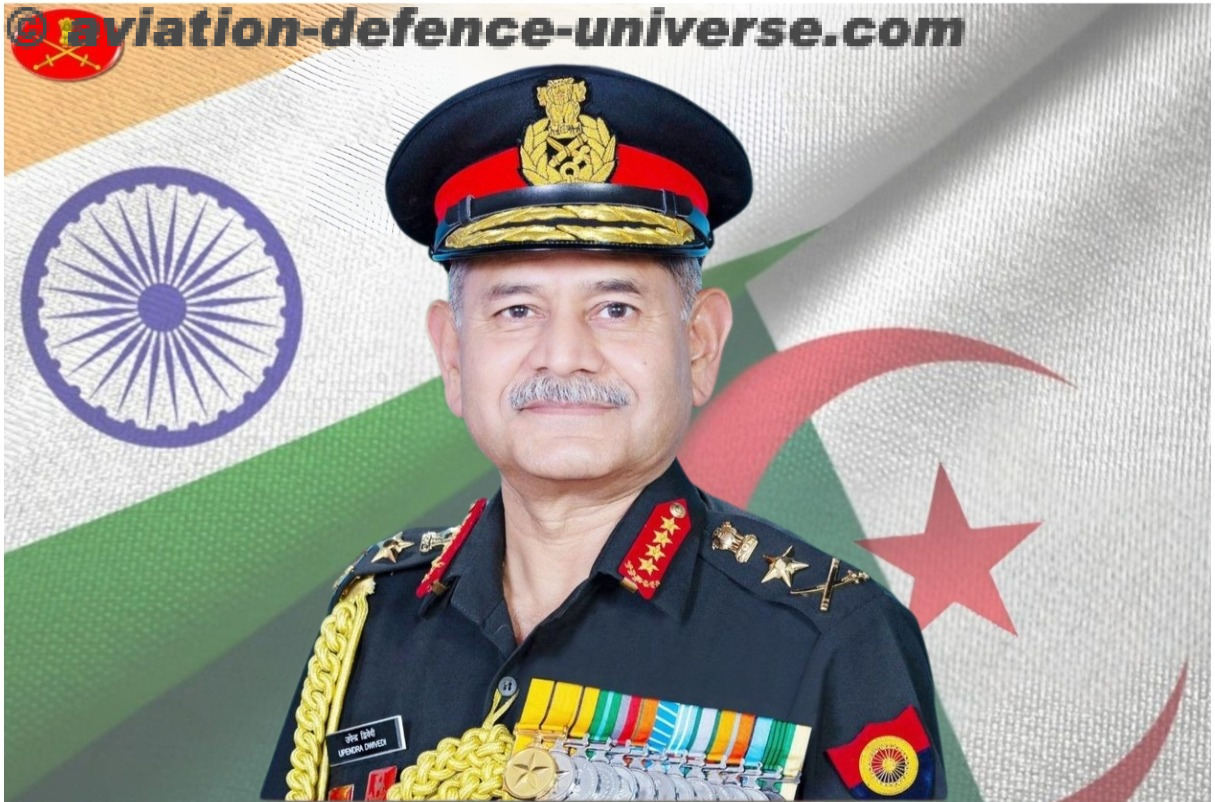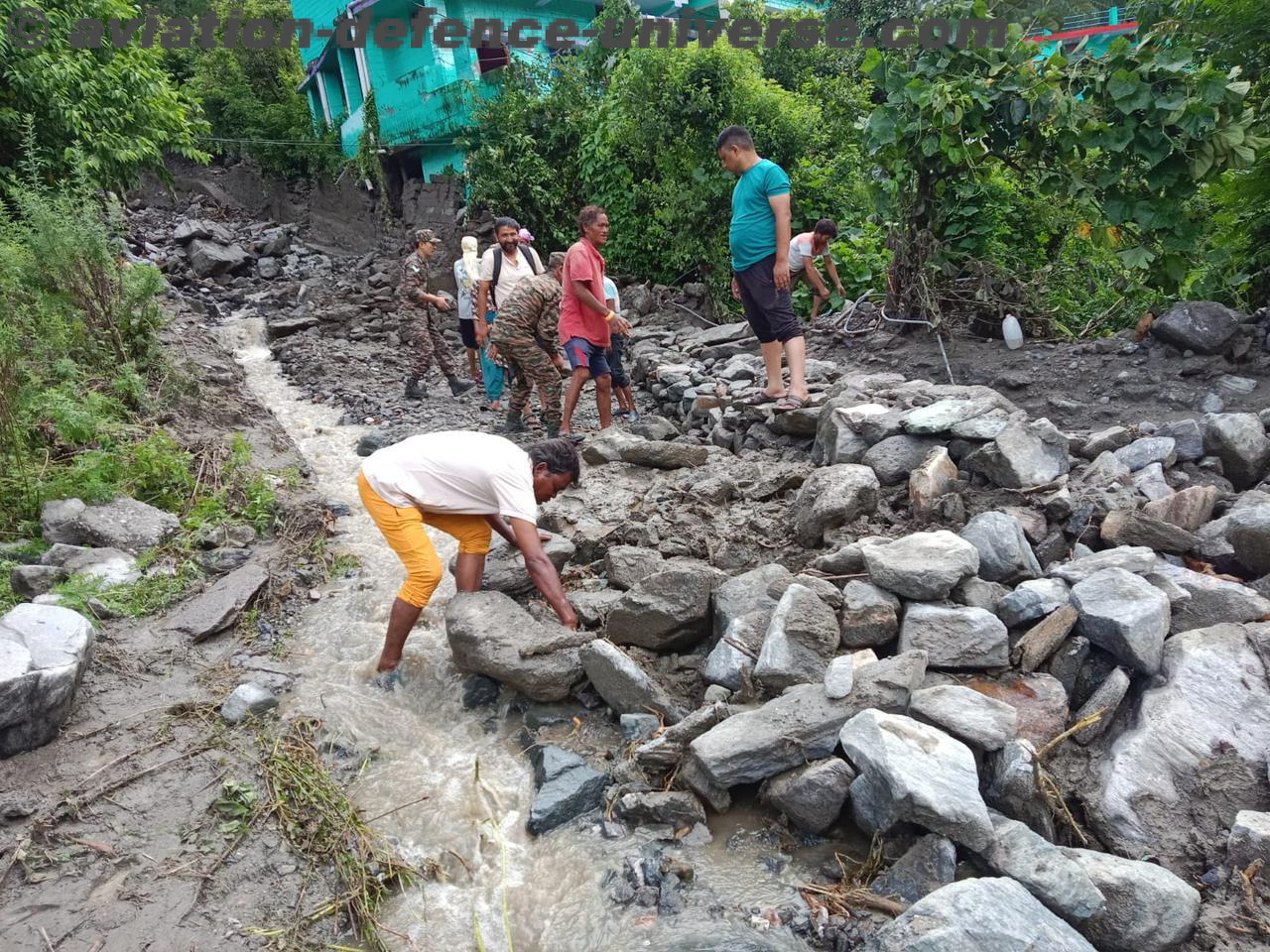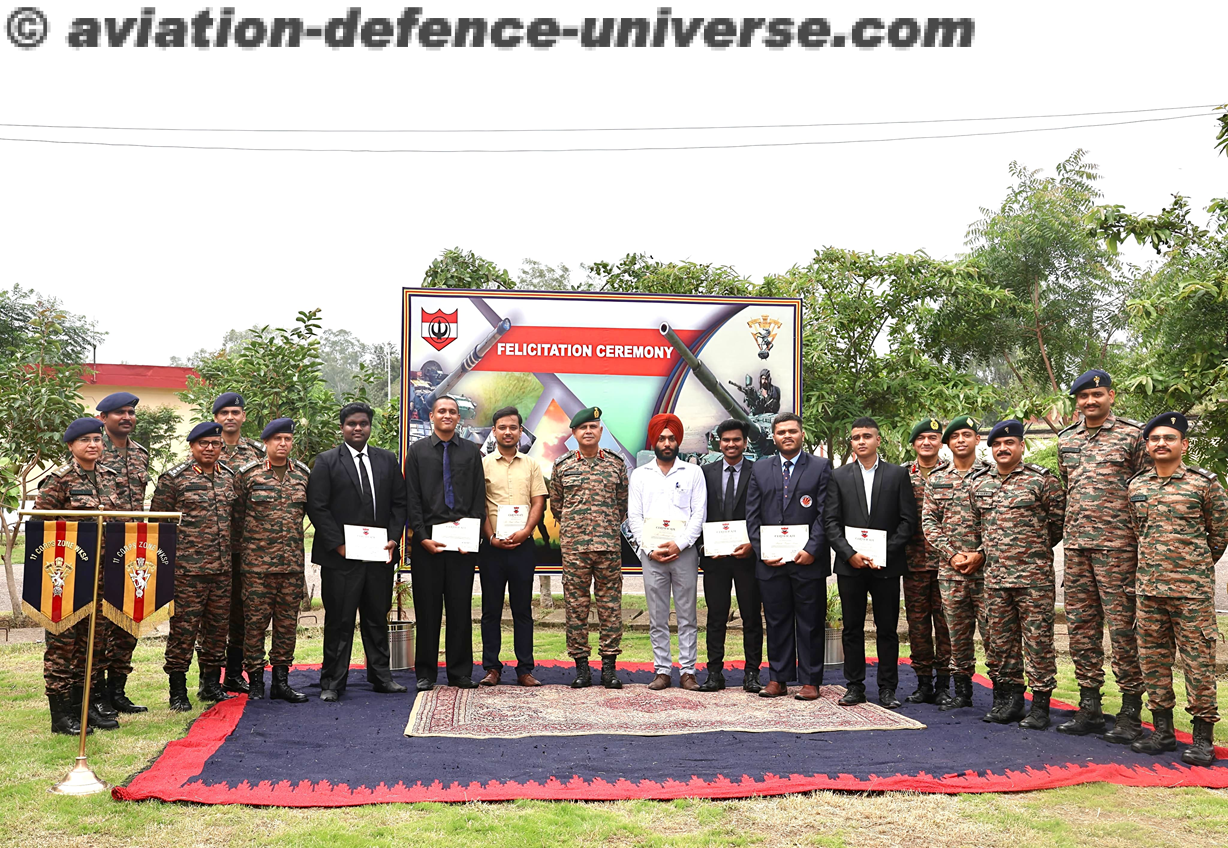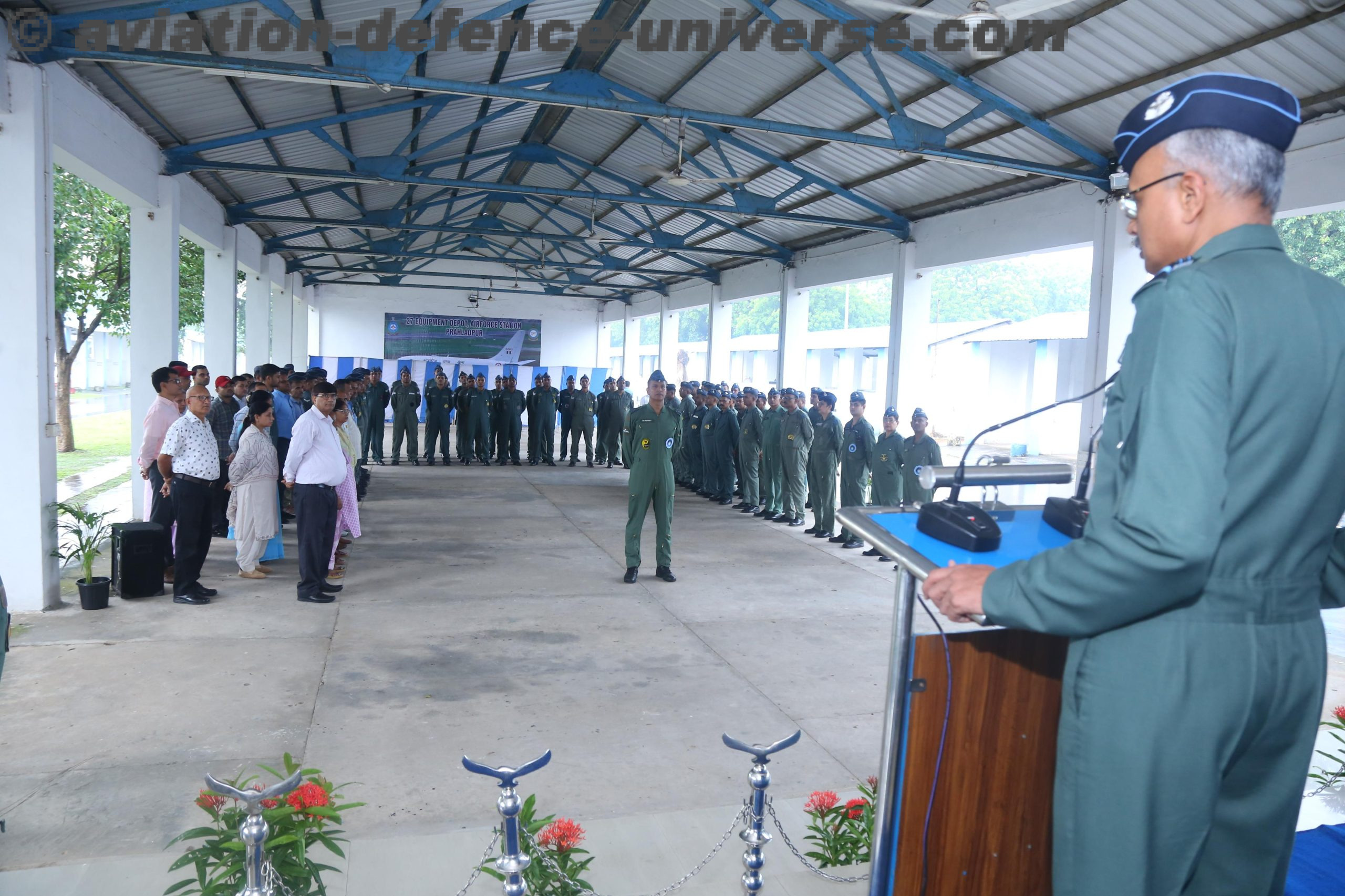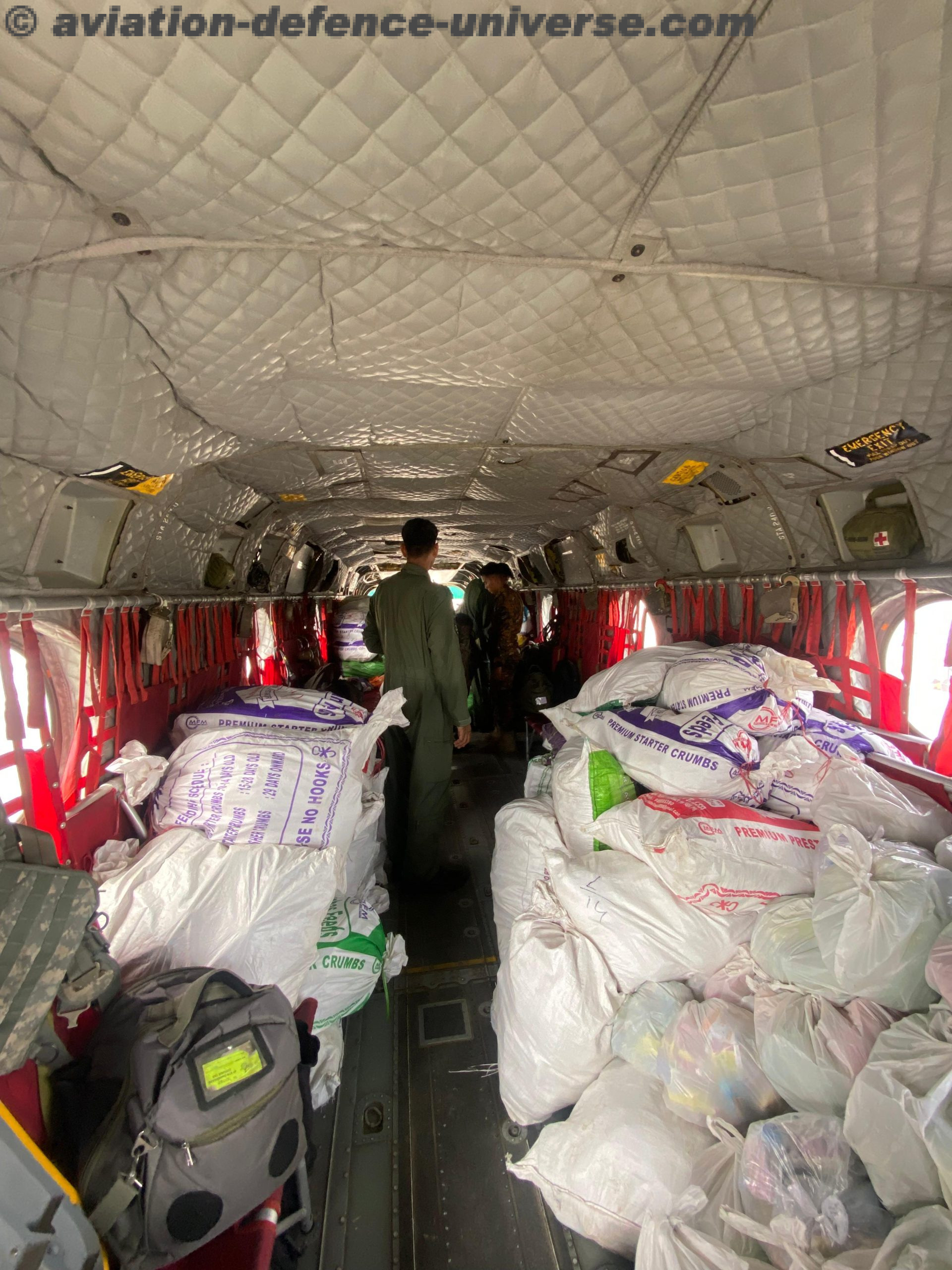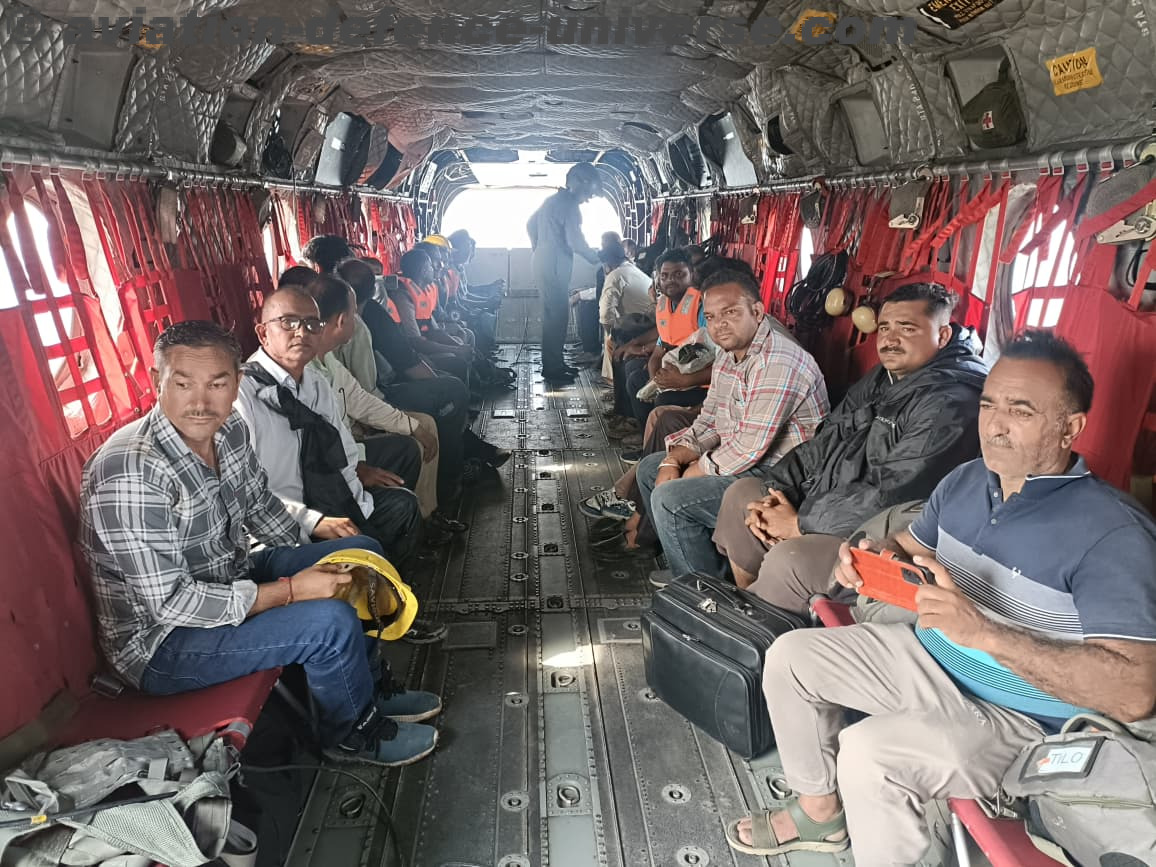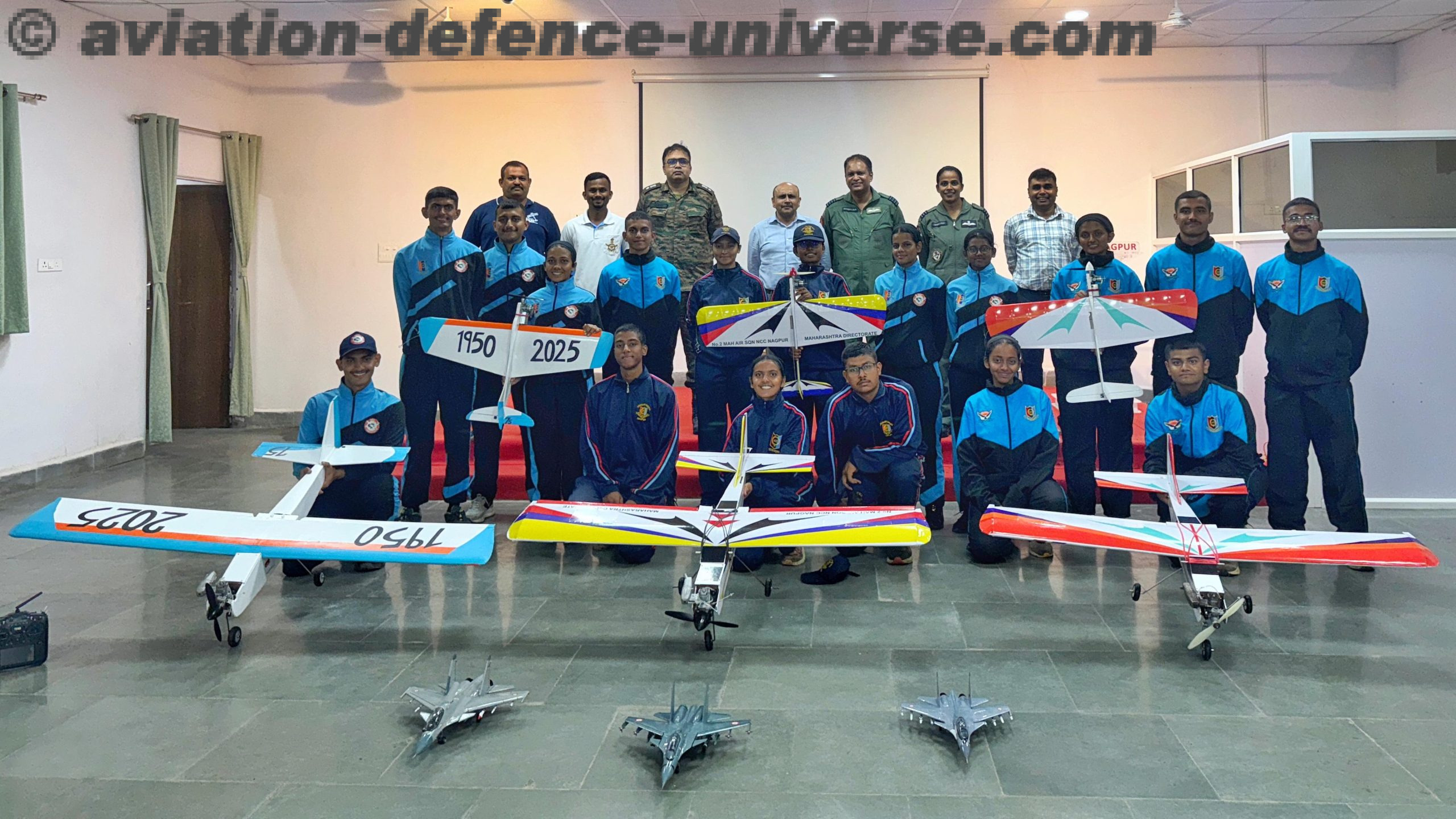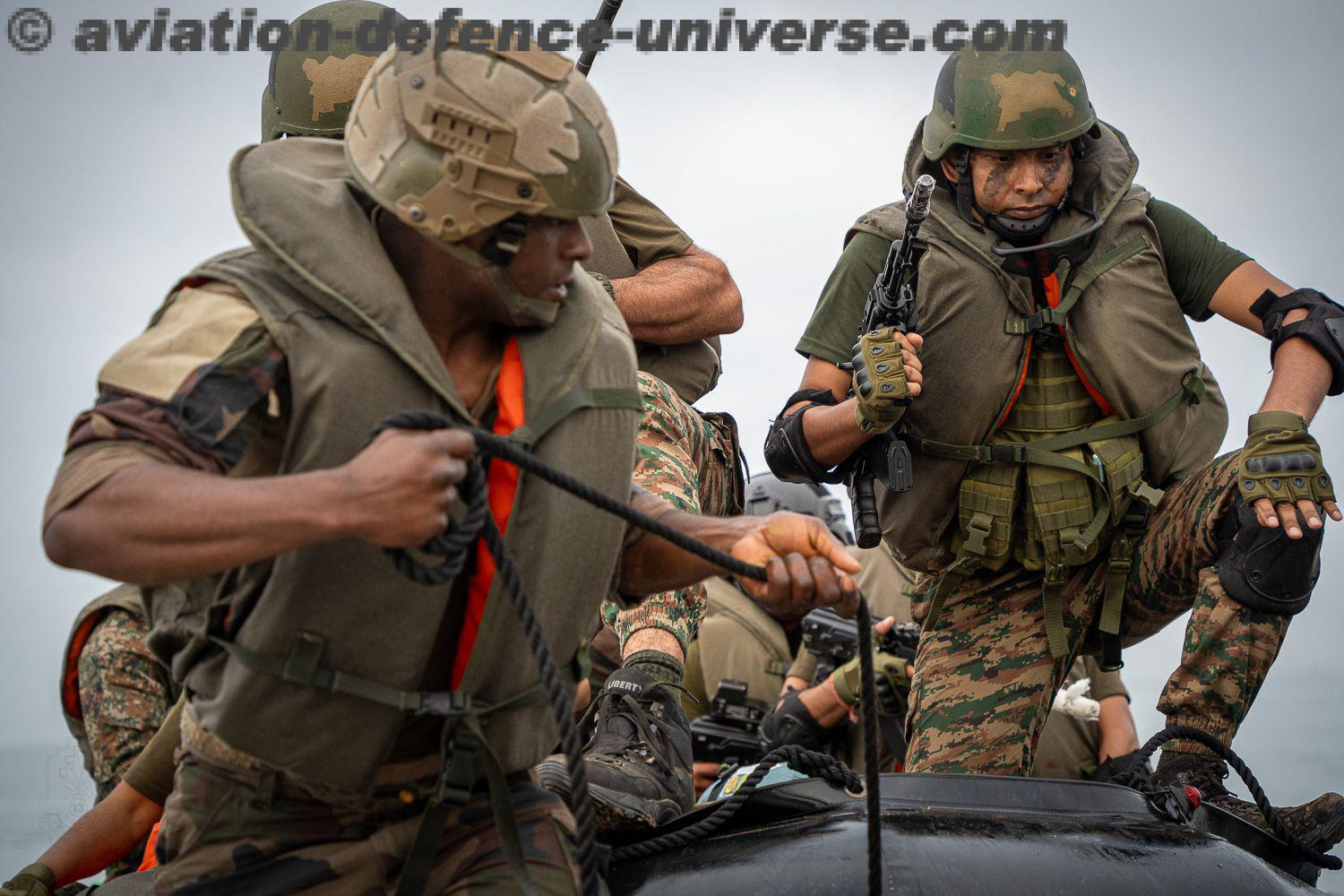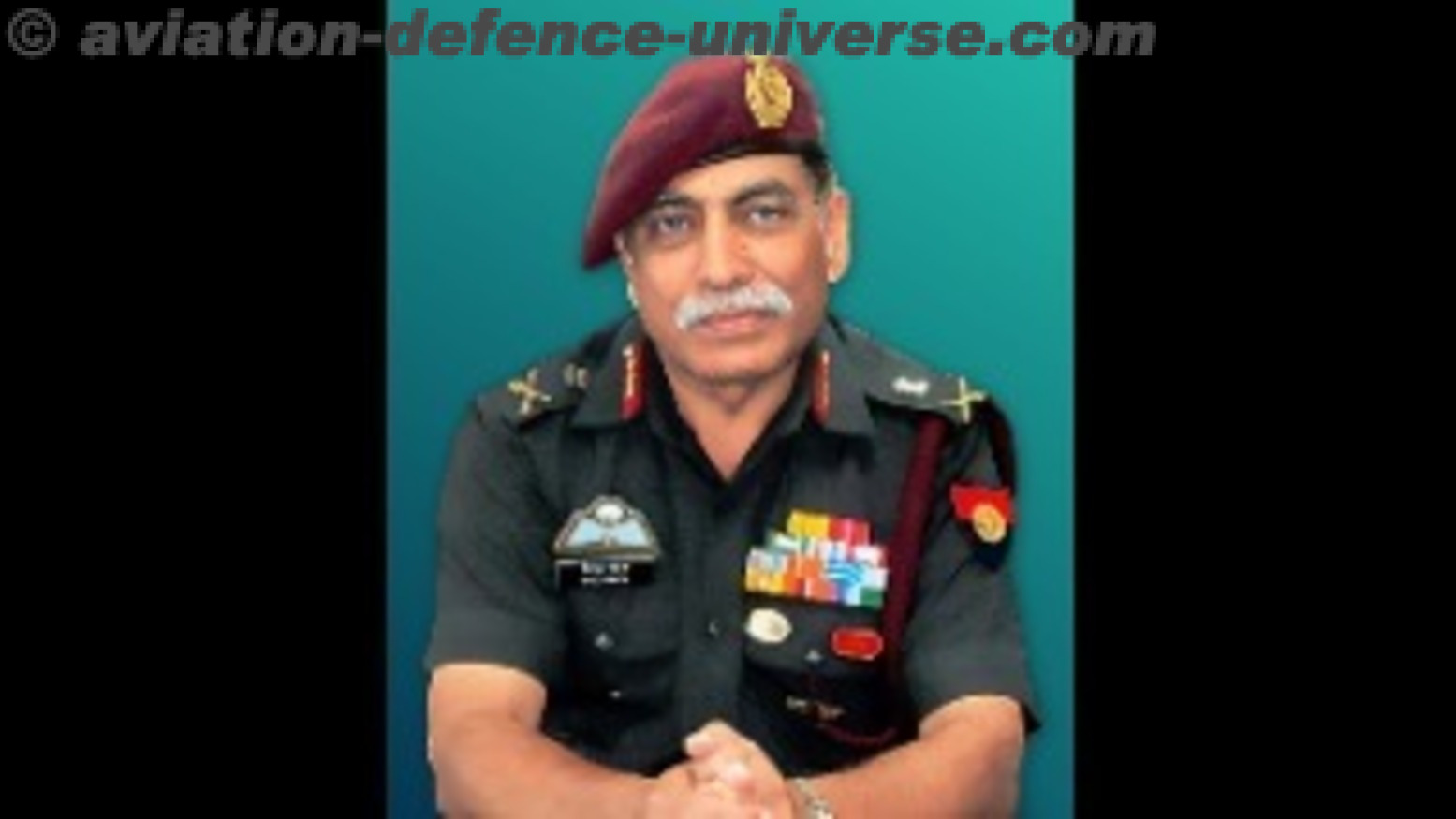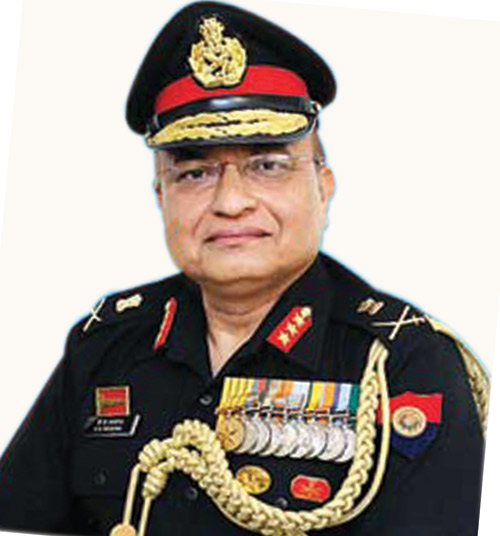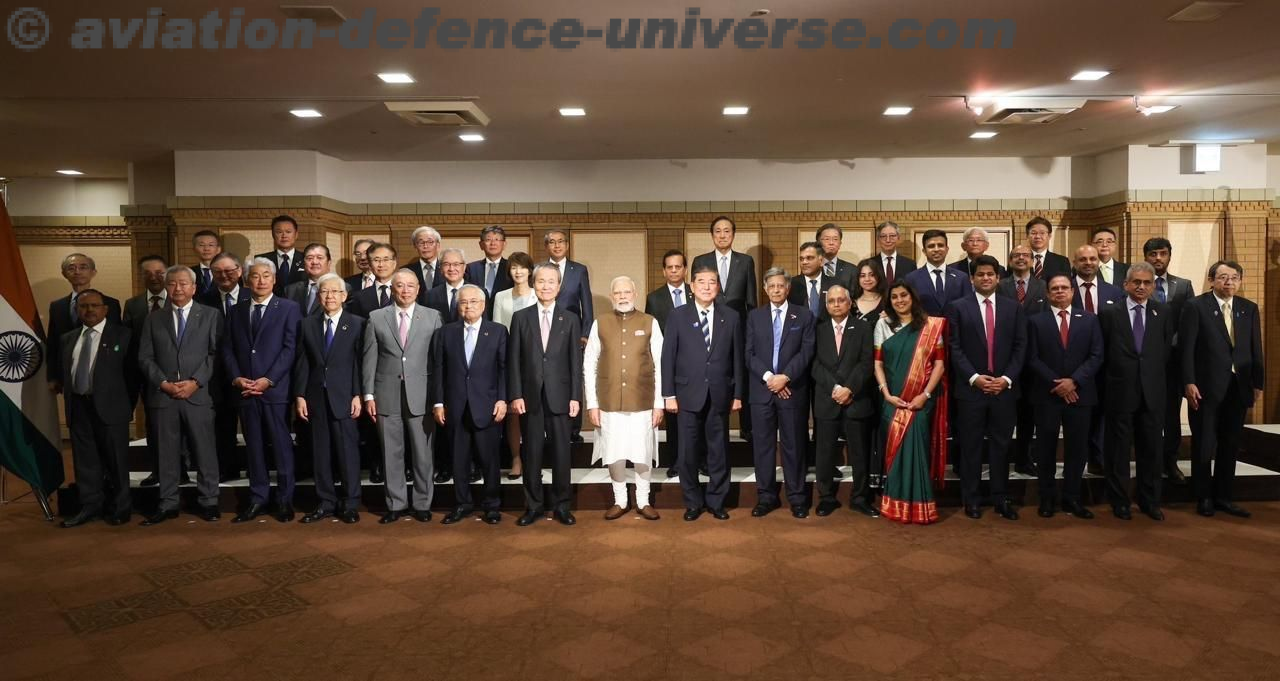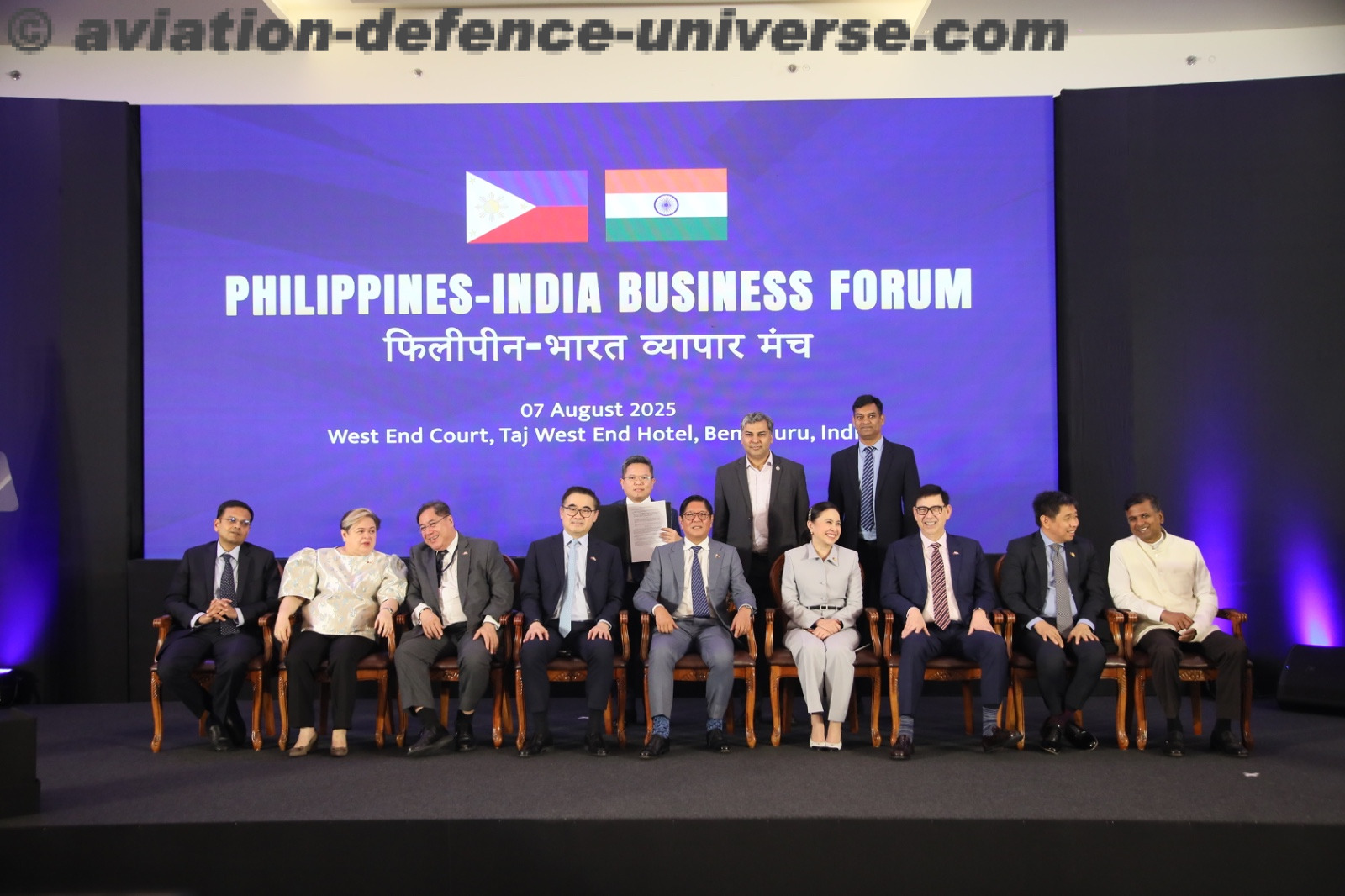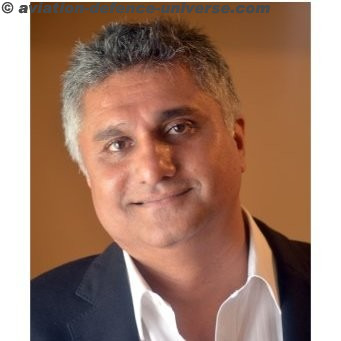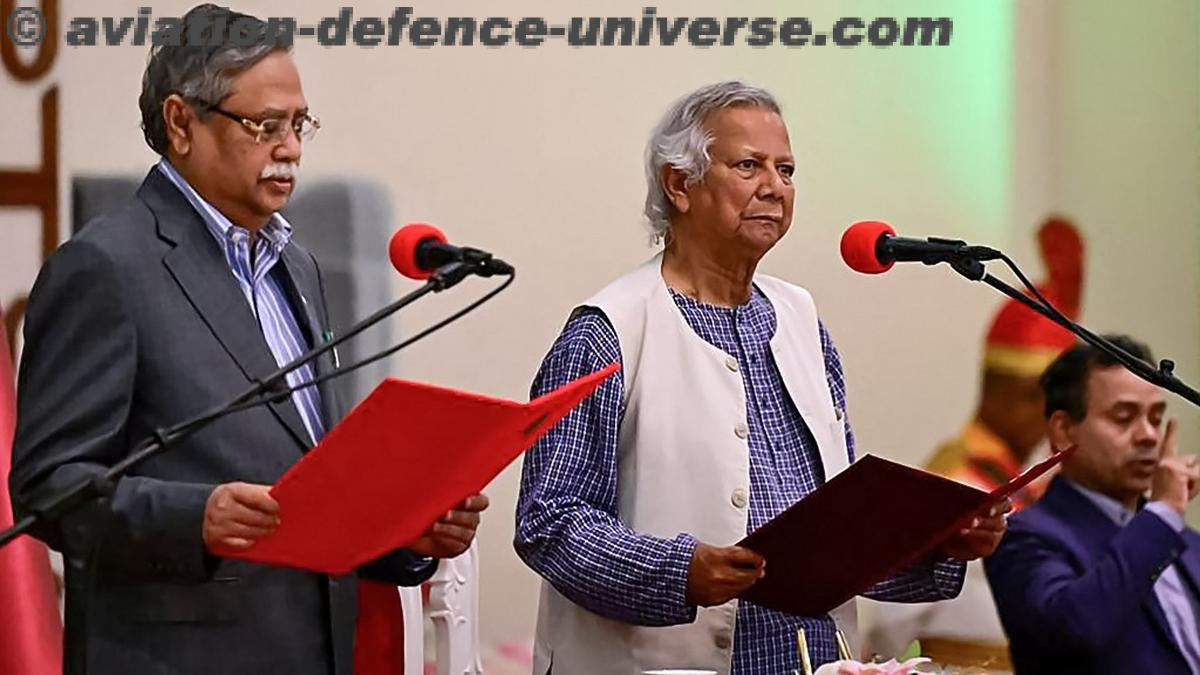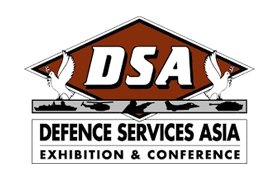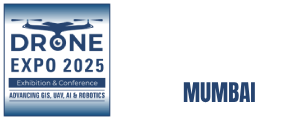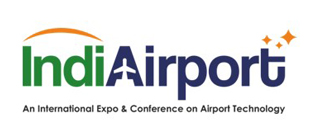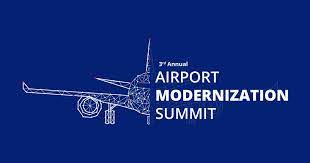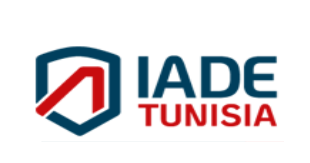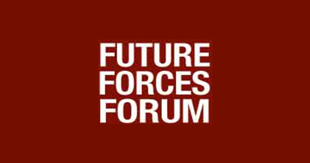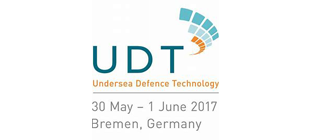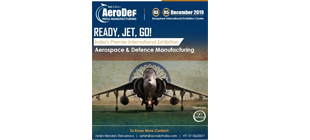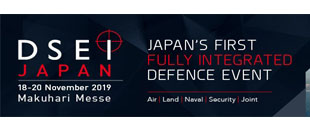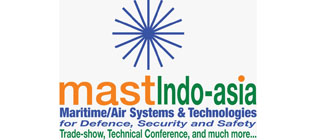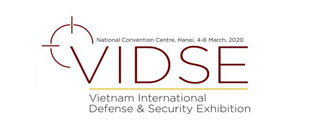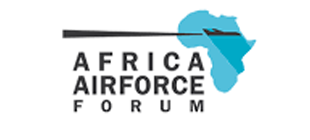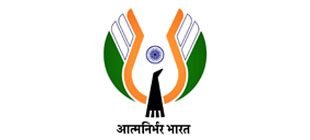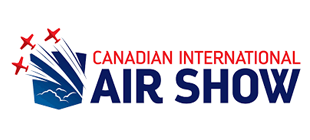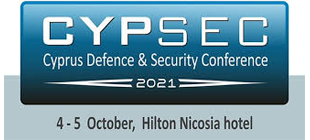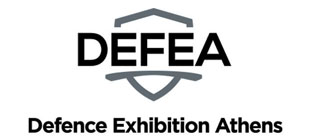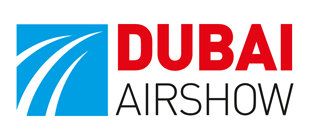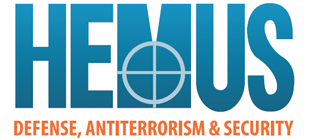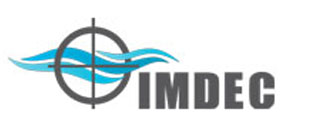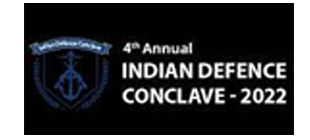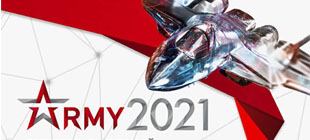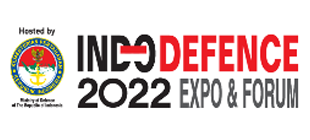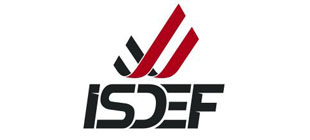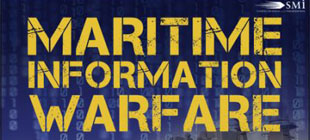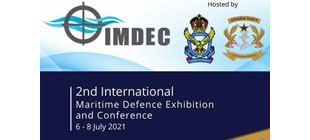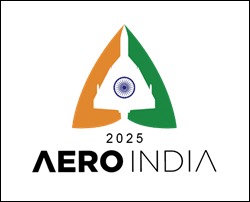- India Can Be a Global Hub for Training, MRO and Operations
- Scale Without Safety Is Unsustainable
By Sangeeta Saxena
New Delhi. 06 September 2025. India’s aviation sector is at a turning point—with record aircraft orders, expanding airports, and growing demand for trained professionals across the value chain. At the heart of this transformation lies the need for robust pilot training, world-class maintenance, repair, and overhaul (MRO) facilities, and a globally competitive workforce. Aviation & Defence Universe (ADU) spoke with Ashwani Acharya, CEO of RedBird Flight Training Academy—India’s largest flight training organisation and a veteran who has worked across airlines, MRO, and training. In this candid conversation, Acharya shares his views on leadership, India’s aviation ecosystem, workforce skilling, and how the country can position itself as a global aviation hub.
ADU. You’ve been a founding team member at IndiGo and now lead India’s largest FTO. How has your career journey shaped your vision for India’s aviation ecosystem?
Ashwani Acharya. My journey has been about institution-building—whether it was laying the foundation at IndiGo, setting up a large pilot training centre at CSTPL, or now scaling RedBird into India’s largest FTO. These experiences gave me a holistic view of airlines, training, and MRO. My vision is to make India not just self-reliant, but a global hub for training, maintenance, and operations.
ADU. Having worked across global and domestic aviation environments, what leadership lessons stand out for you in building operational excellence?
Ashwani Acharya. Two lessons stand out. Discipline in execution and empowerment of people. Aviation demands precision and consistency, but it also relies on frontline ownership—pilots, engineers, instructors. Marrying global process discipline with India’s adaptability is what builds resilience and excellence.
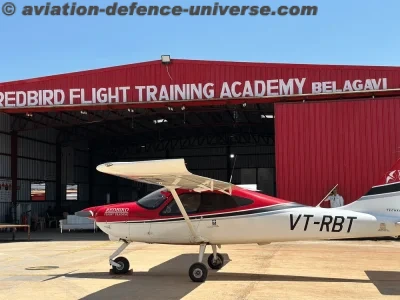
Ashwani Acharya. The demand is strong—India is one of the fastest-growing aviation markets. But while airlines and airports expand, MRO and training are lagging. Unless we build capacity in these two areas, they will become bottlenecks to growth.
ADU. What are India’s biggest strengths and weaknesses in the aviation value chain?
Ashwani Acharya. Our strengths are a large domestic market, young workforce, and strong policy intent. Weaknesses include skill shortages, tax policies that make local MRO uncompetitive, and weak integration across training, airlines, and maintenance.
ADU. In your view, how well are policy frameworks like the NCAP supporting growth?
Ashwani Acharya. The National Civil Aviation Policy has the right intent—connectivity, training, and MRO focus. But execution is patchy. For example, policies promote local training and MRO, yet tax structures and infrastructure push operators abroad. Long-term stability is key.
ADU. How do you see India’s MRO sector evolving over the next 5–10 years?
Ashwani Acharya. With fleets crossing 1,500 aircraft by 2035, MRO demand will explode. India can meet most of its domestic needs and even attract foreign airlines—but only if we have tax parity, infrastructure, and workforce pipelines.
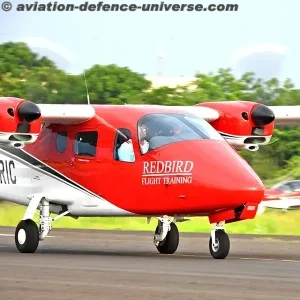
Ashwani Acharya. Technology is a game-changer. Predictive maintenance, AI-driven diagnostics, and digital twins reduce downtime and improve asset utilisation. Without adopting these, Indian MROs cannot compete globally.
ADU. You’ve built India’s largest Approved Training Organisation. What gaps do you see in workforce development?
Ashwani Acharya. The biggest gap is alignment. Curricula often lag behind aircraft technologies, and pilot/AME pathways are fragmented. We need an integrated classroom-to-cockpit-to-hangar pipeline.
ADU. How can training keep up with evolving technology and regulations?
Ashwani Acharya. By co-creating syllabi with airlines, OEMs, and MROs, and embedding Competency-Based Training & Assessment (CBTA) frameworks. Training must evolve dynamically, not reactively.
ADU. How do you balance safety with the demand for more pilots and engineers?
Ashwani Acharya. By scaling capacity responsibly—through simulators, digital tools, and competency-based assessments. Scale cannot come at the cost of safety.
ADU. In an age of rapid fleet expansion, how do you balance the demand for skilled personnel with maintaining rigorous safety and compliance standards?
Ashwani Acharya. Scale cannot come at the cost of safety. The solution lies in expanding training capacity, deploying simulators and digital tools, and ensuring CBTA /competency-based evaluations. At RedBird, we maintain strict compliance while scaling up throughput.
ADU. How is India’s aviation sector integrating sustainability into operations—from MRO to FTOs?
Ashwani Acharya. Airlines are inducting fuel-efficient aircraft, MROs are reducing waste and FTOs like RedBird are adopting modern glass cockpit aircraft and fuel-efficient fleets. Sustainability is becoming central to operations, not an after thought .
ADU. What role will digitisation, automation, and data analytics play in creating more efficient and sustainable operations?
Ashwani Acharya. A transformative role. Digitisation cuts paperwork, automation streamlines processes, and data analytics improves planning—whether it’s aircraft maintenance scheduling or flight training progress mapping. Together, these reduce cost, increase safety, and shrink carbon footprint.
ADU. Do you see India’s training and MRO industries adopting greener practices?
Ashwani Acharya. Yes—this will be driven by regulatory incentives, ESG mandates, and OEM partnerships. From green hangars in MROs to hybrid/electric trainers in FTOs, greener aviation practices will become the norm.
ADU. How crucial are international partnerships for India’s aviation ecosystem?
Ashwani Acharya. Extremely crucial. Aviation is global by design. International collaborations bring technology transfer, exposure to best practices, and global recognition for Indian-trained professionals. EVTOL development and introduction in Indian skies opens up a new world for collaboration.
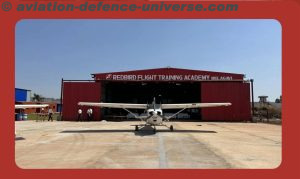
Ashwani Acharya. There are three of them. Europe’s integrated training/licensing frameworks, Singapore’s aviation cluster model linking airlines, MROs, and training and Dubai’s free-zone regulatory framework that attracts global investment.
ADU. How do you position RedBird and Indian aviation to compete globally?
Ashwani Acharya. At RedBird, we are scaling capacity, adopting global training methodologies, and aiming for international recognition of Indian pilot licenses. At the ecosystem level, India can be both a global pilot training hub and a competitive MRO hub for Asia and the Middle East.
ADU. What are your top three priorities for strengthening India’s aviation ecosystem over the next decade?
Ashwani Acharya. Build self-reliant training and MRO ecosystems to reduce dependence on imports, create a globally benchmarked workforce pipeline and integrate technology and sustainability into every aspect of aviation.
ADU. If you had the opportunity to design a national roadmap for India’s aviation sector, what would be its key pillars?
Ashwani Acharya. I see four pillars which are infrastructure, policy stability, technology adoption and human capital.
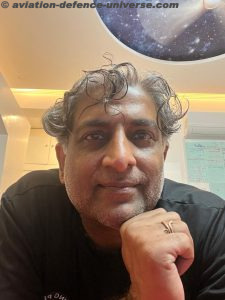
Ashwani Acharya. Aviation is demanding but deeply fulfilling. Stay curious, stay disciplined, and never compromise on safety. With India on the cusp of becoming a global aviation hub, your role is not just a job—it’s a chance to shape history.
This conversation brings forth a conclusion. Flight Training Organisation (FTO) leaders play a pivotal role in shaping the future of aviation by creating what can truly be called temples of learning for pilots. Their vision goes beyond operating training fleets and simulators—they are custodians of safety, discipline, and excellence who build ecosystems where aspiring aviators are not only trained in flying skills but also imbued with values of professionalism, resilience, and responsibility. By investing in state-of-the-art infrastructure, adopting global best practices, and nurturing world-class instructors, FTO leaders ensure that young cadets are transformed into competent pilots ready to meet the demands of modern aviation.
From building IndiGo’s foundation to leading India’s largest flight training organisation, Ashwani Acharya’s journey reflects the broader transformation of India’s aviation sector. His vision is clear—India must integrate training, MRO, and technology-driven sustainability into its growth story to become a global hub. For young professionals and policymakers alike, his words are a reminder that the future of Indian aviation will be built not just on aircraft orders, but on people, skills, and execution discipline.
